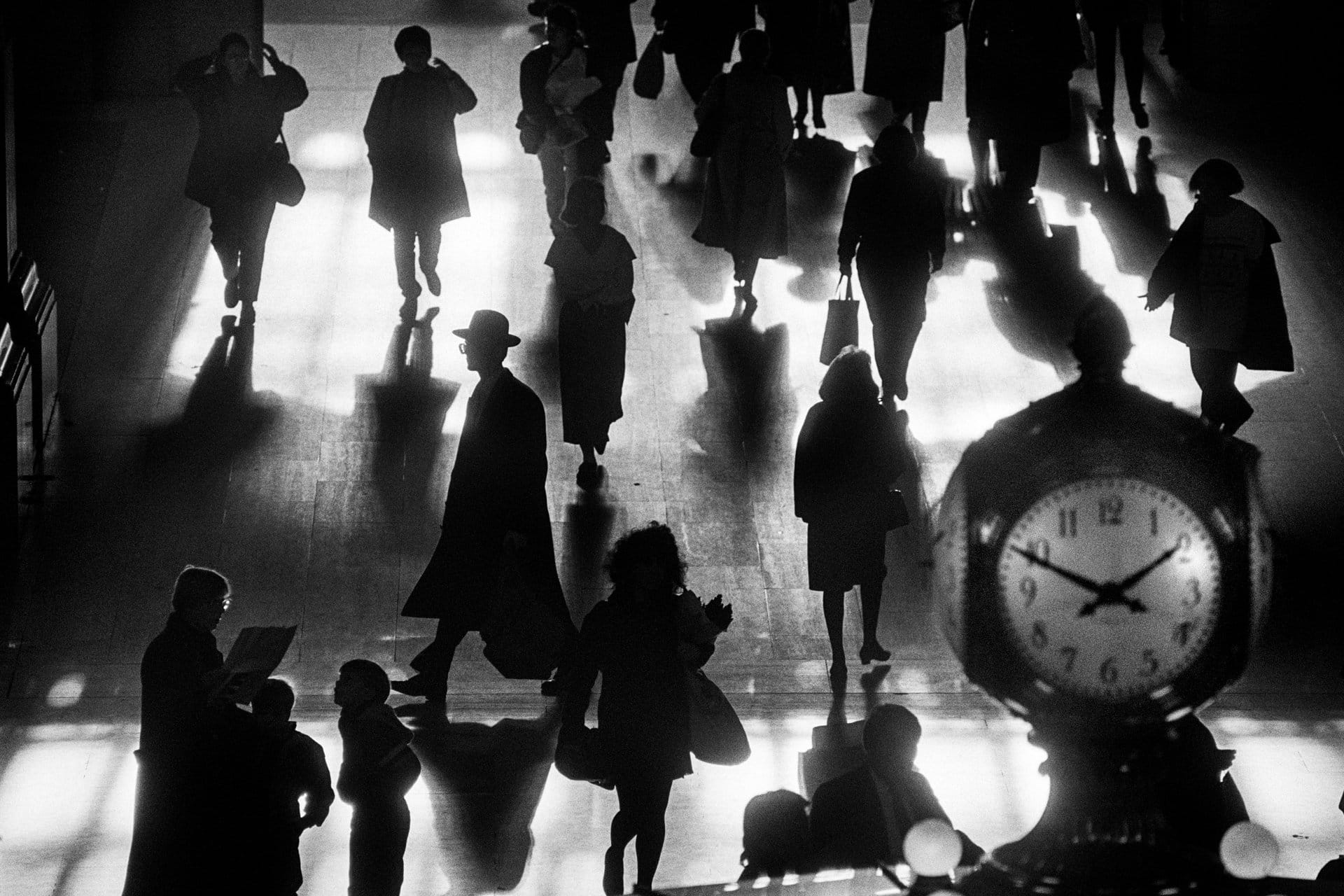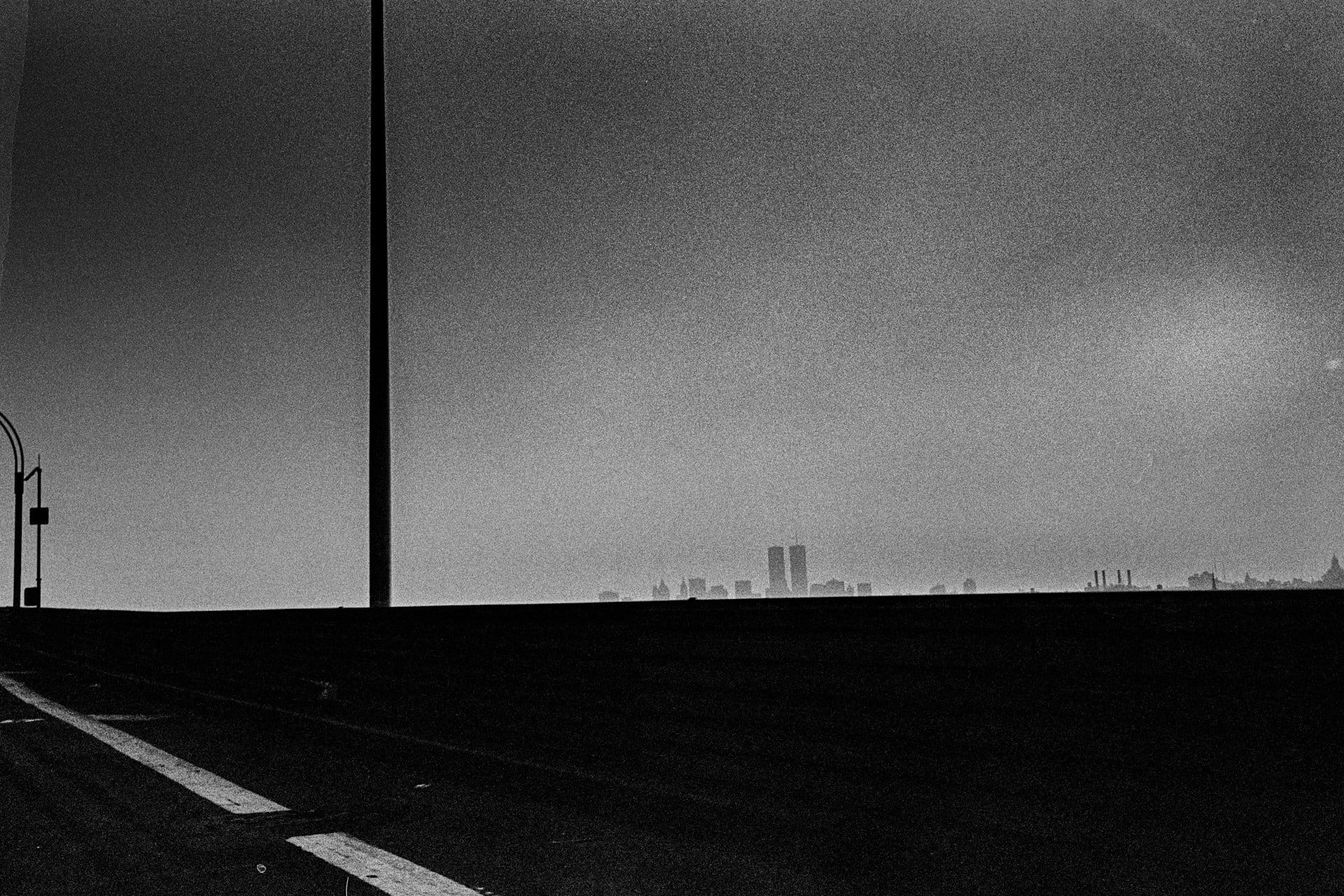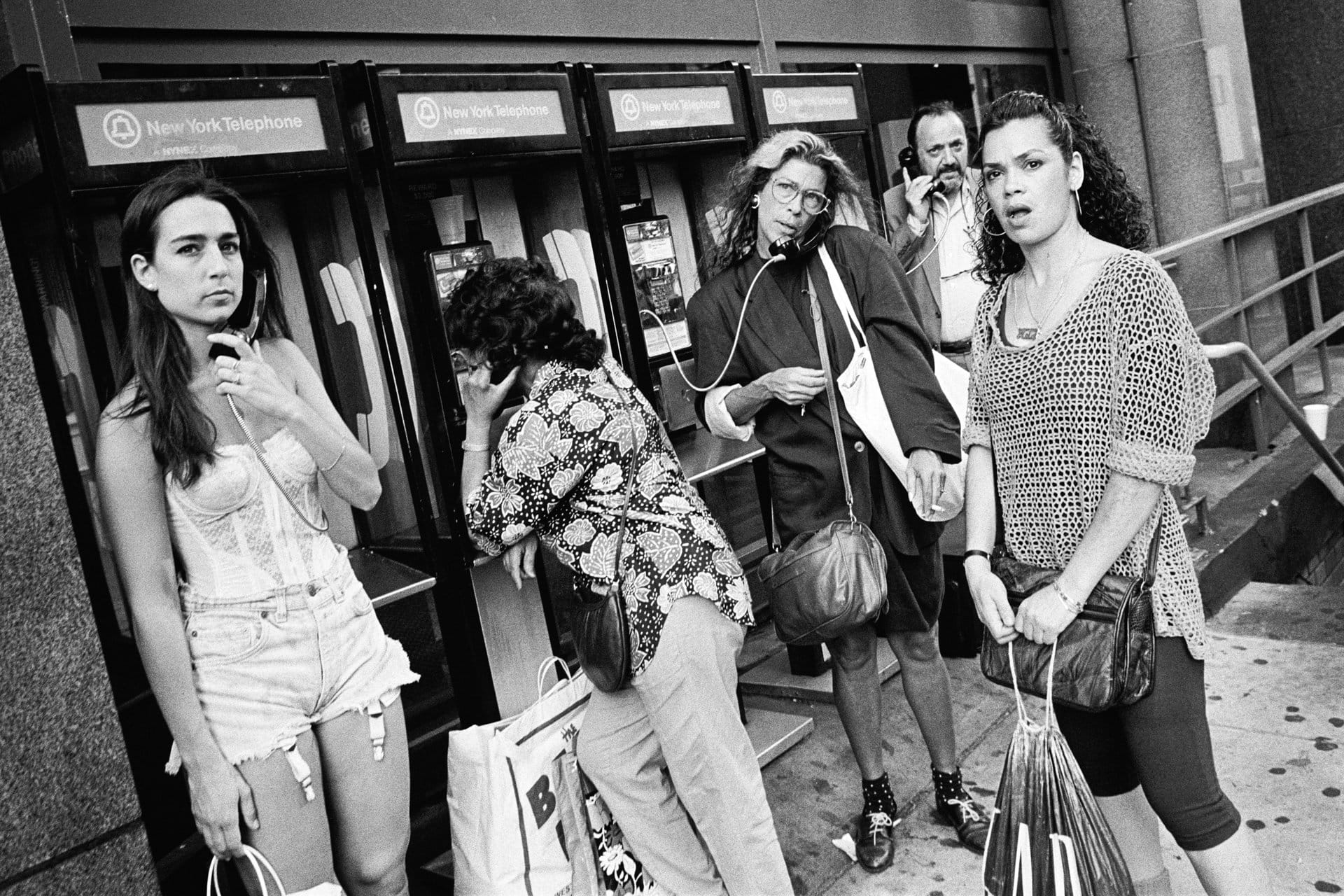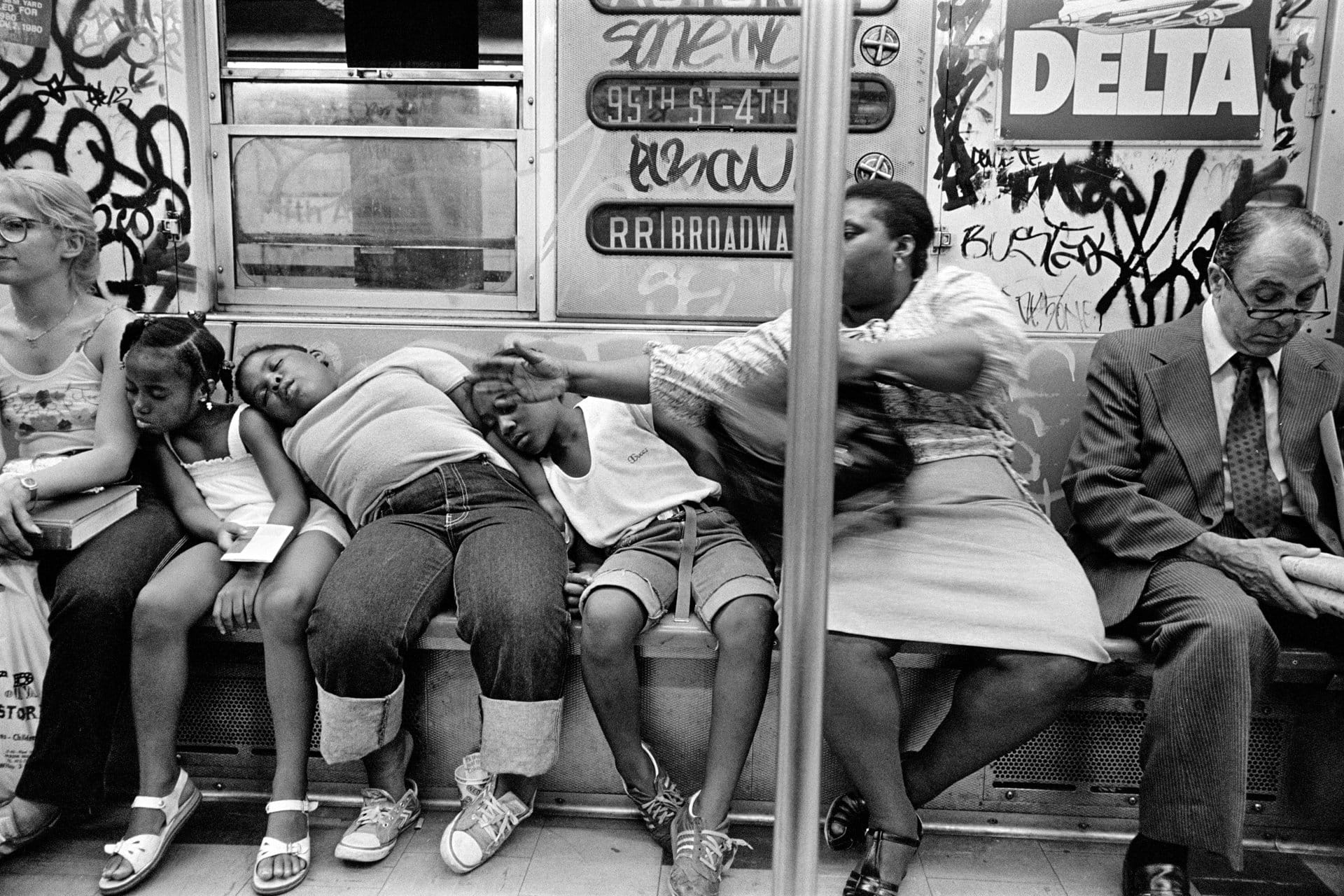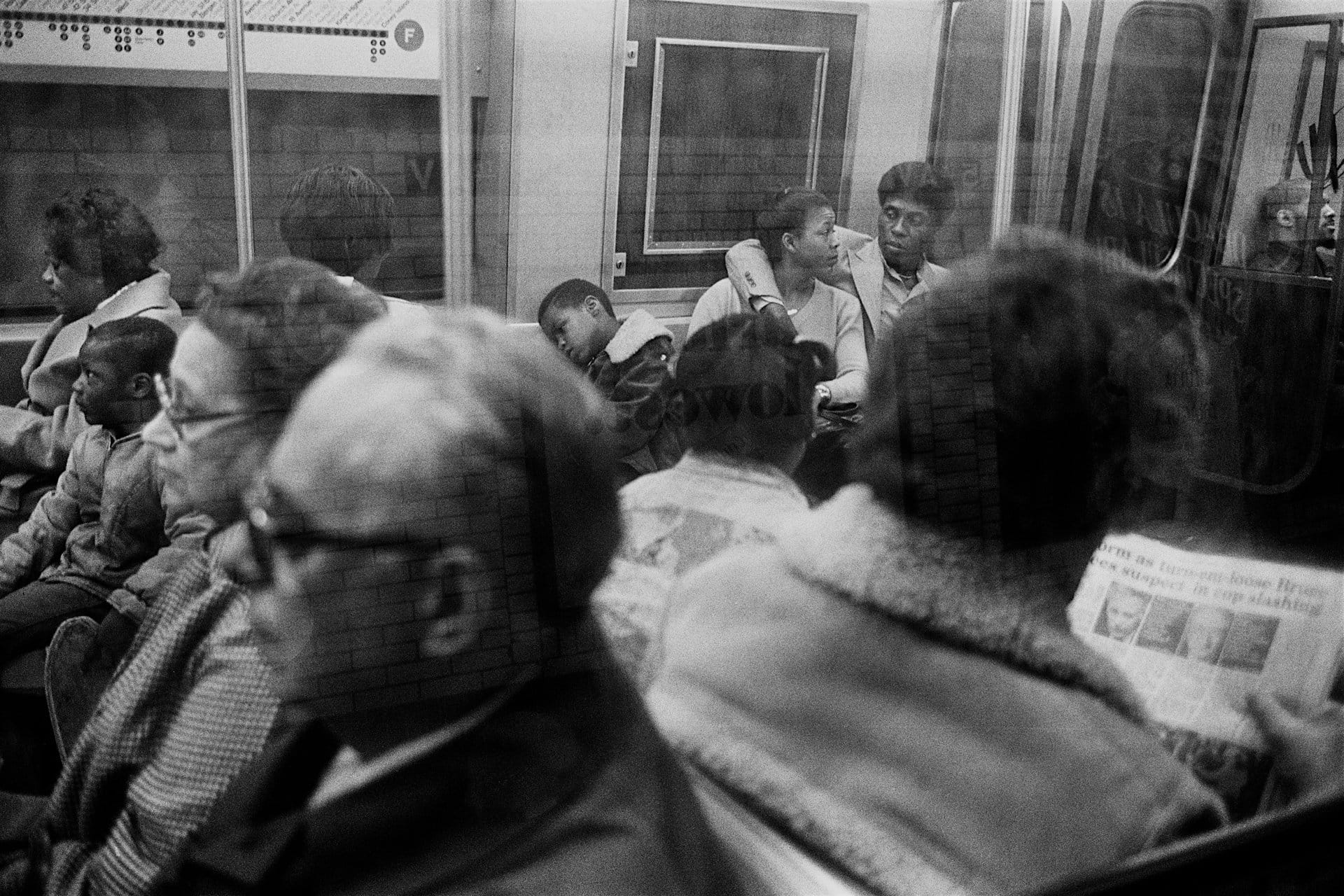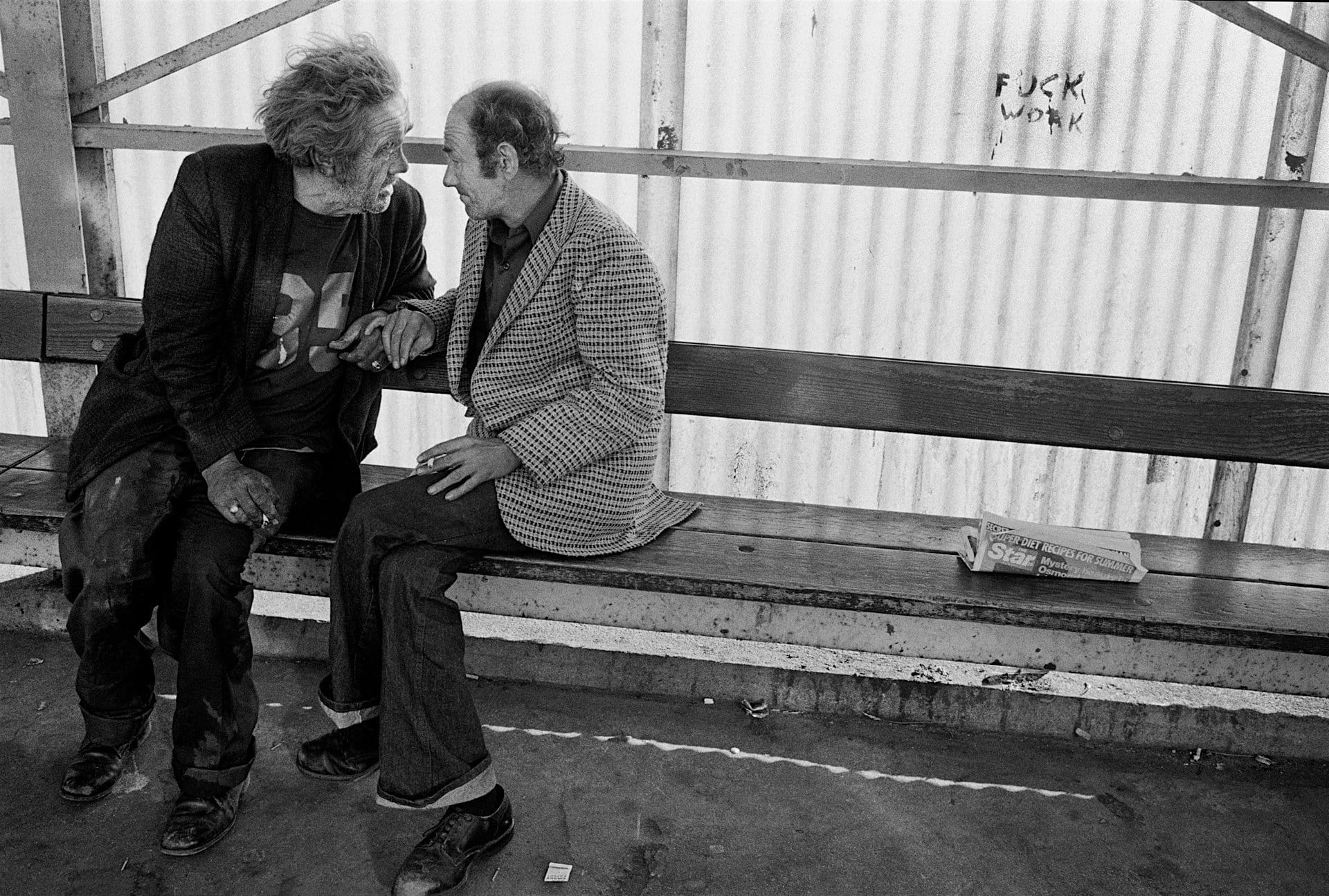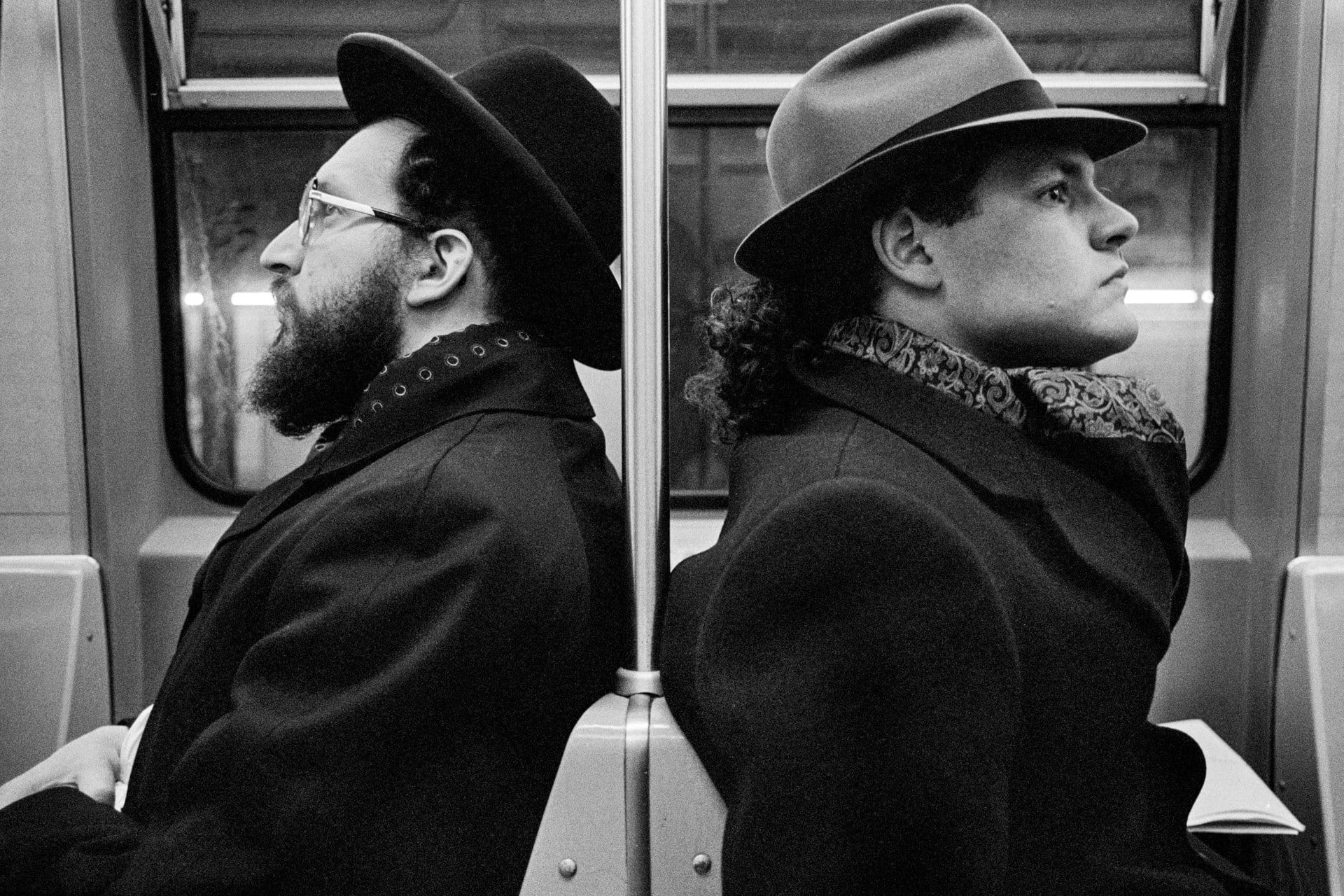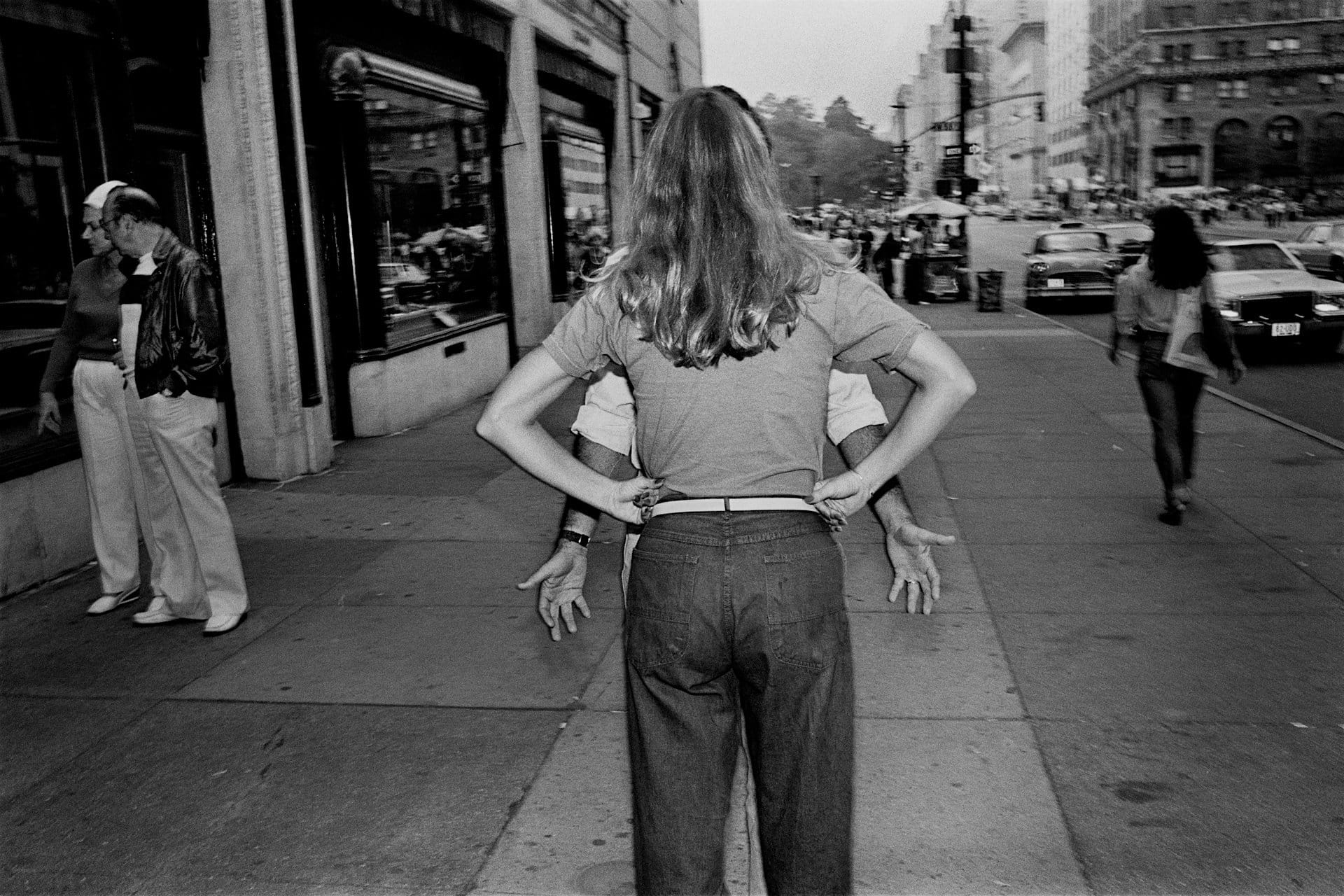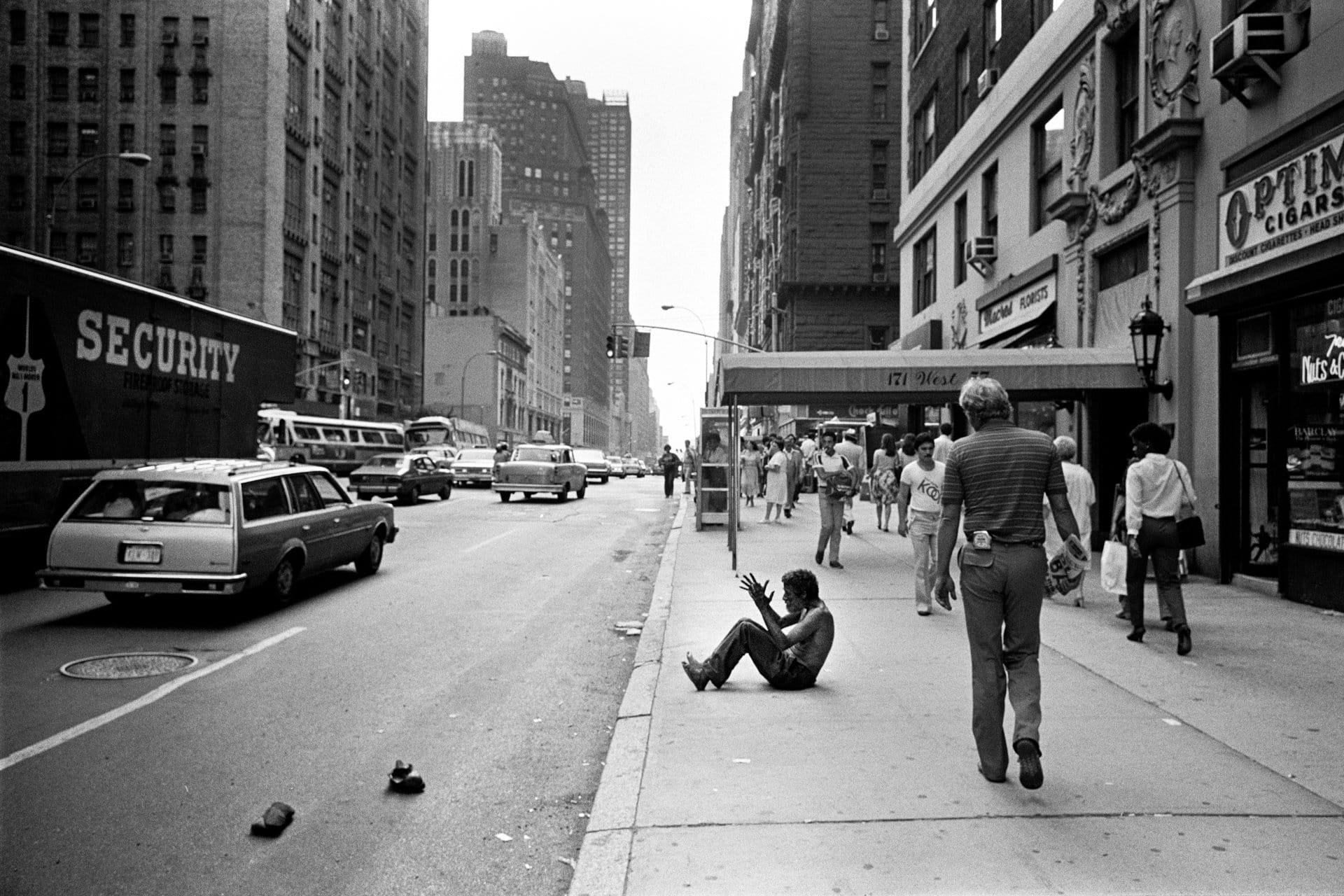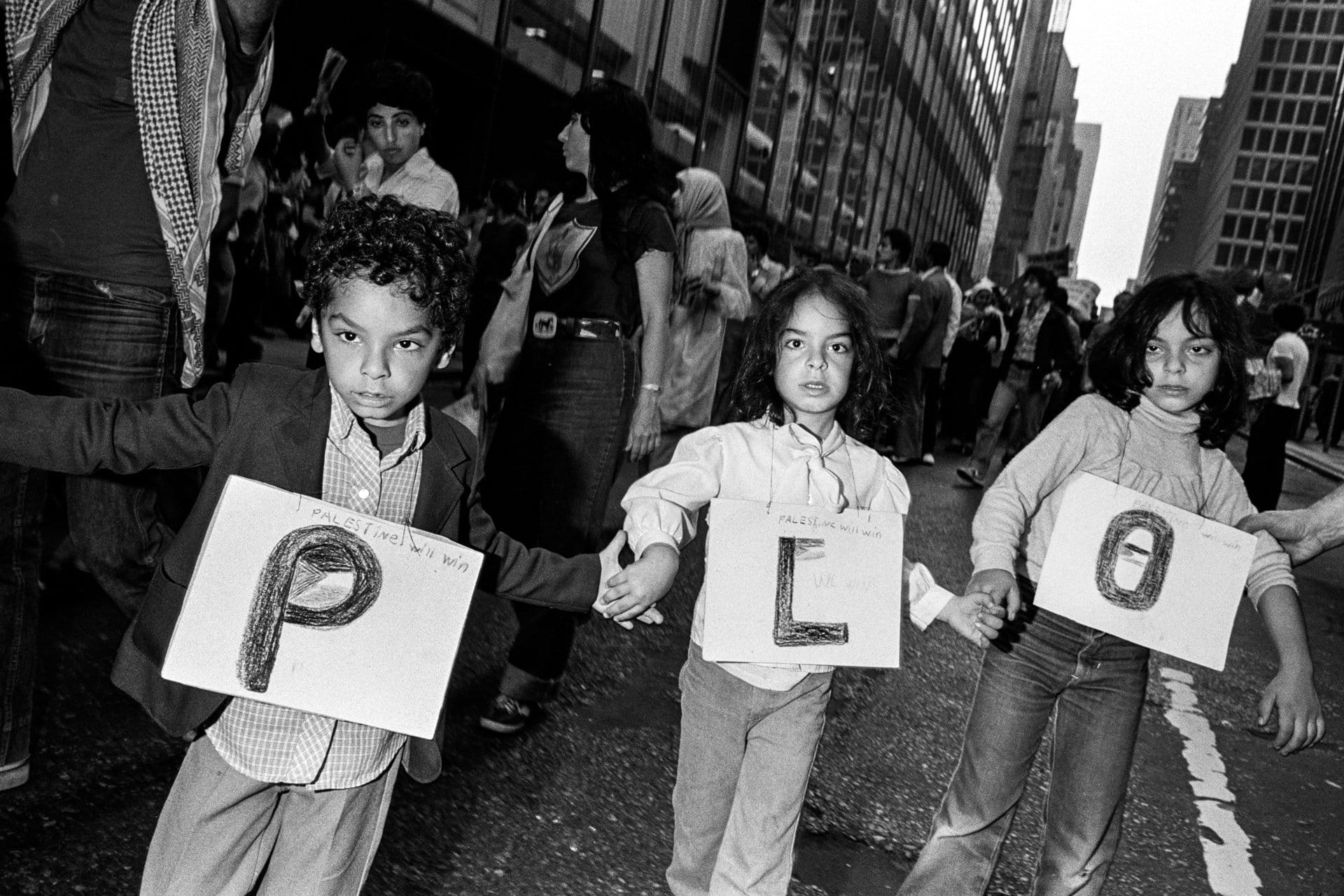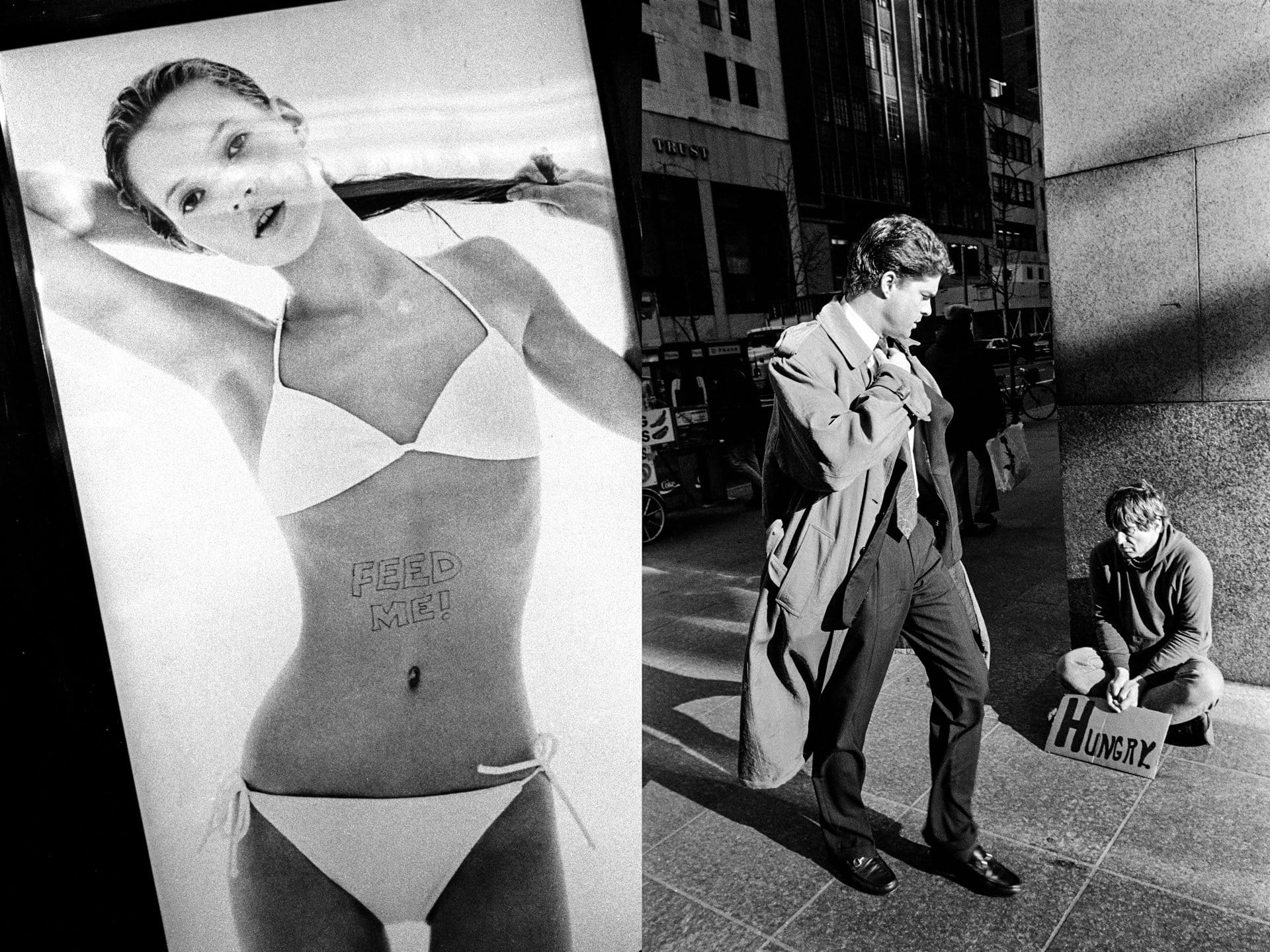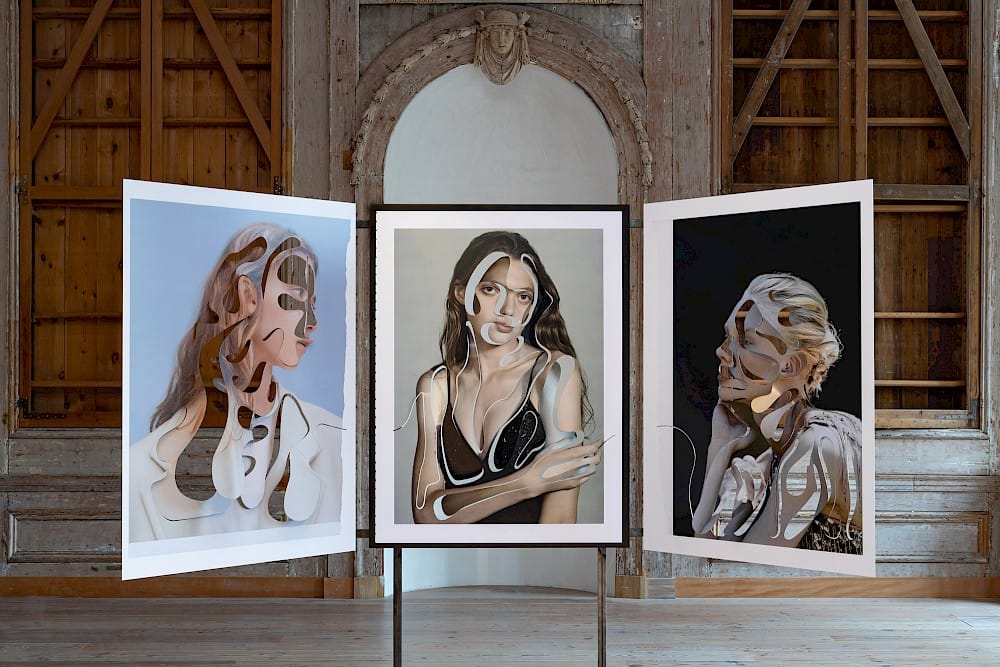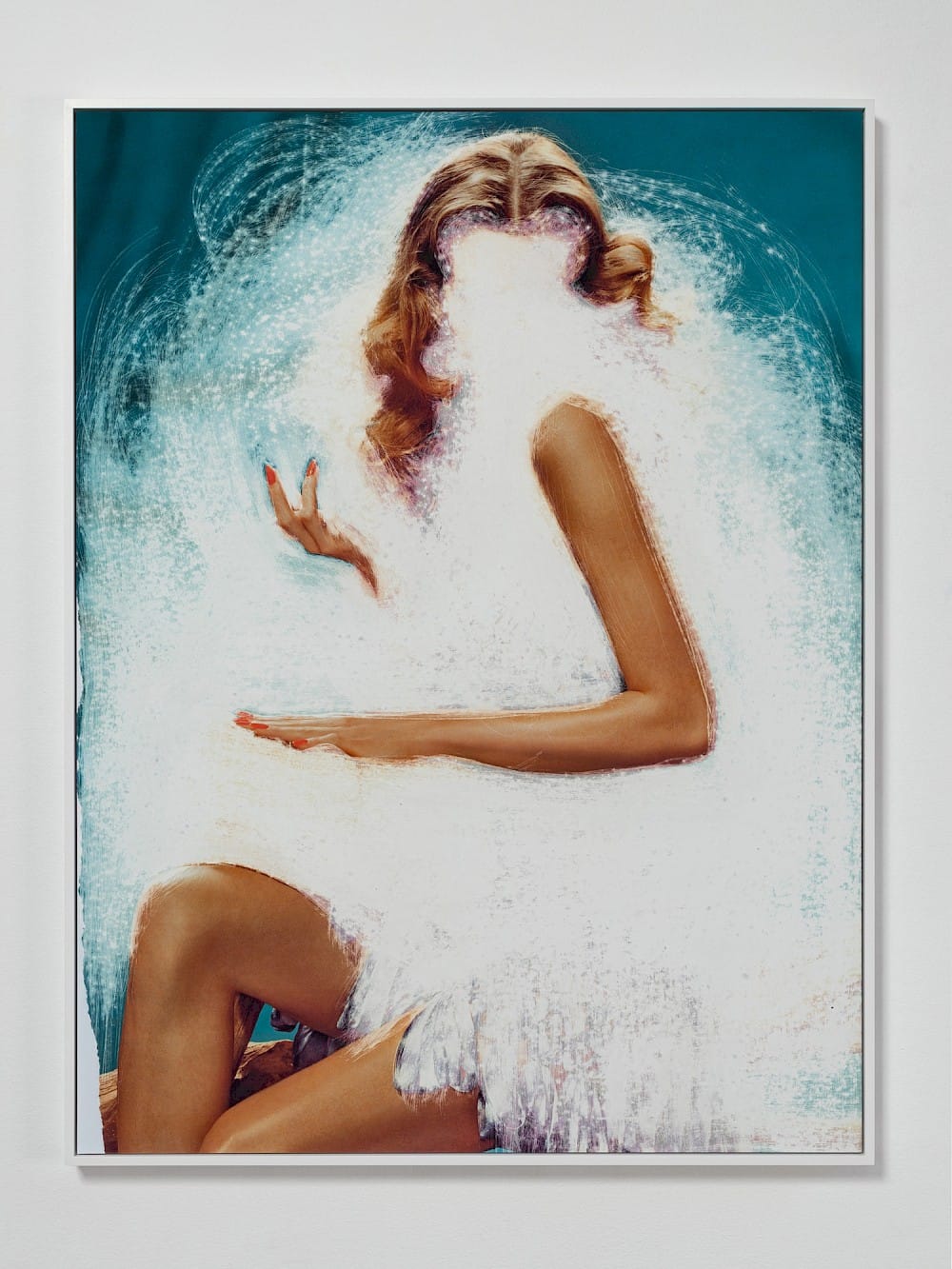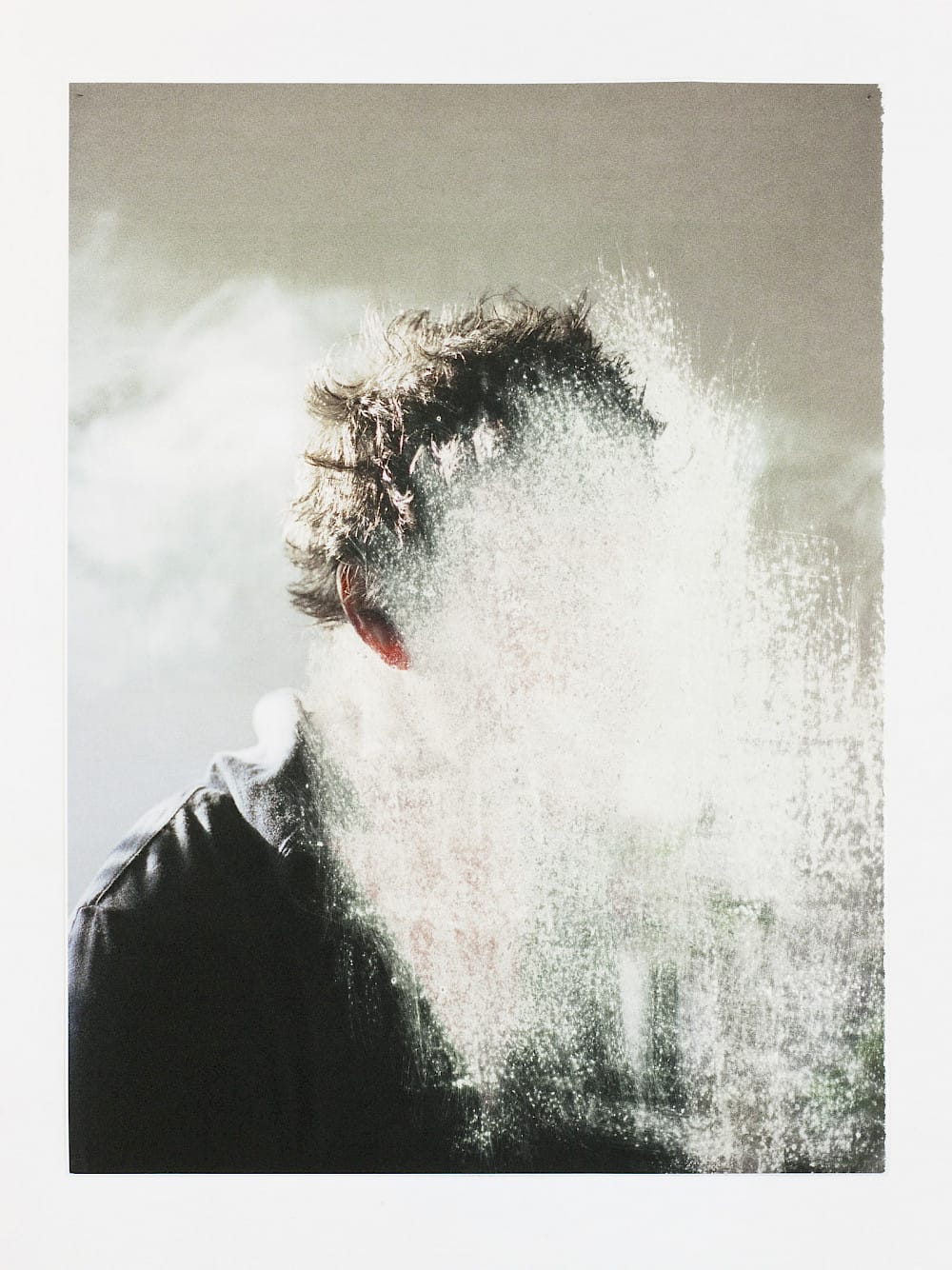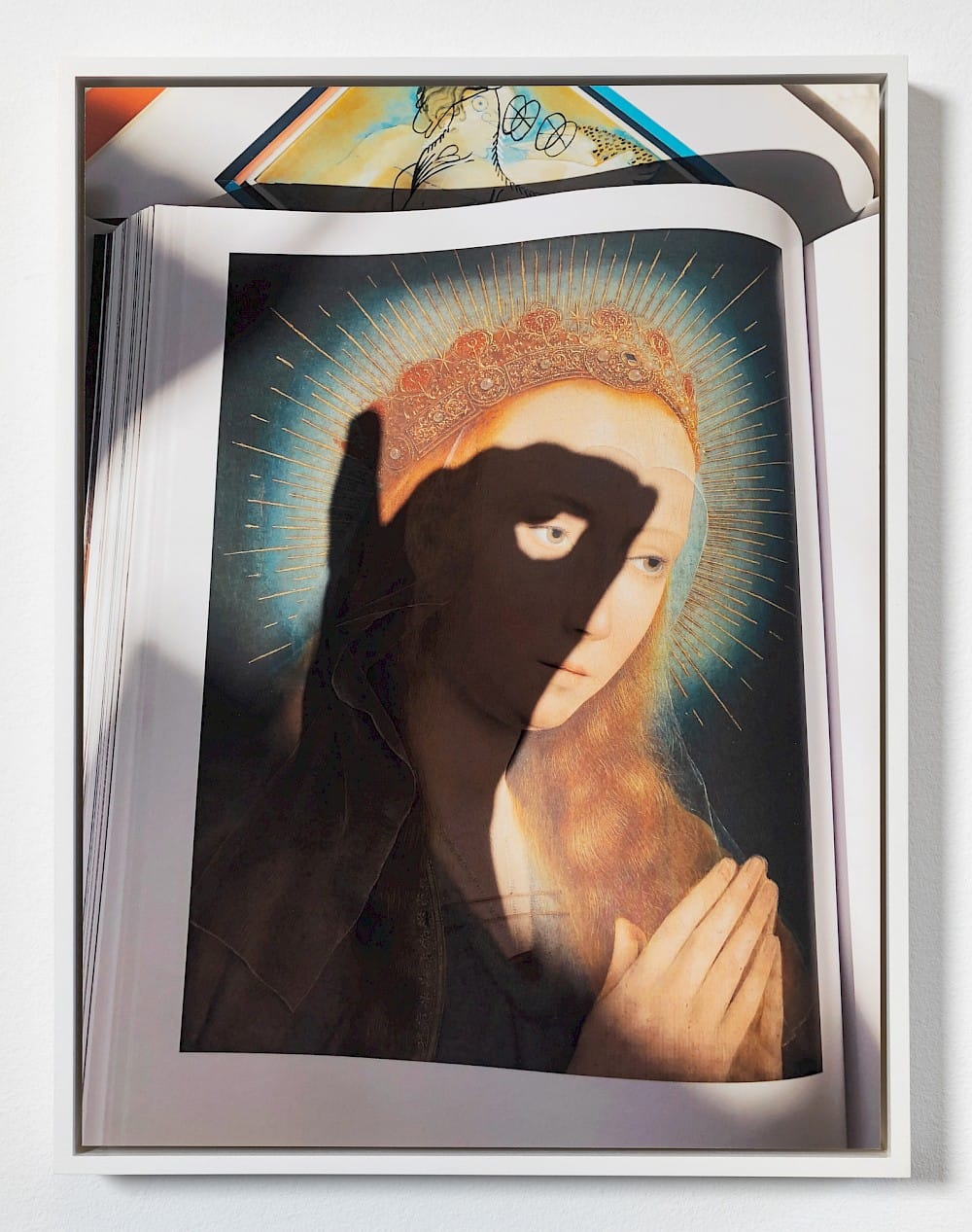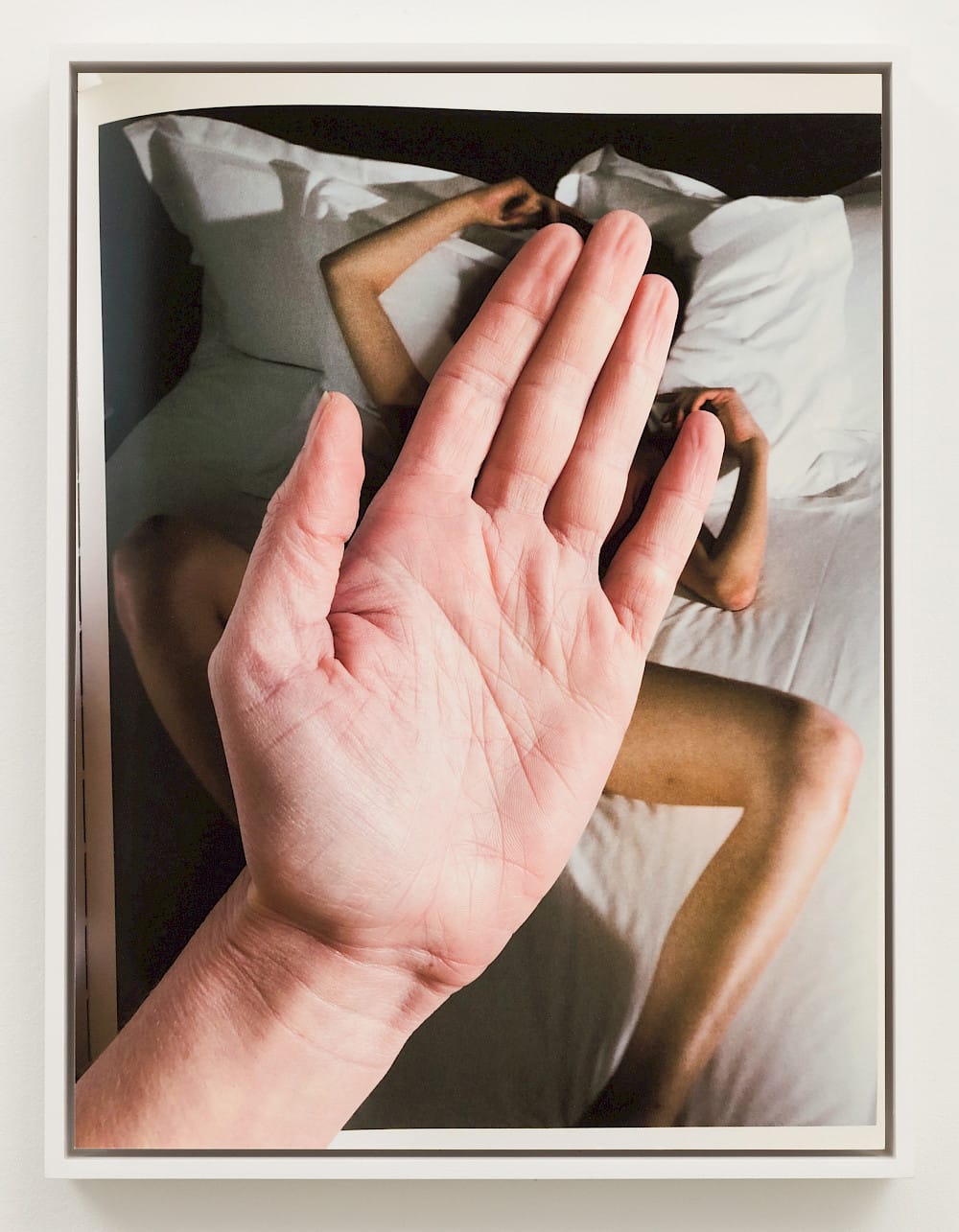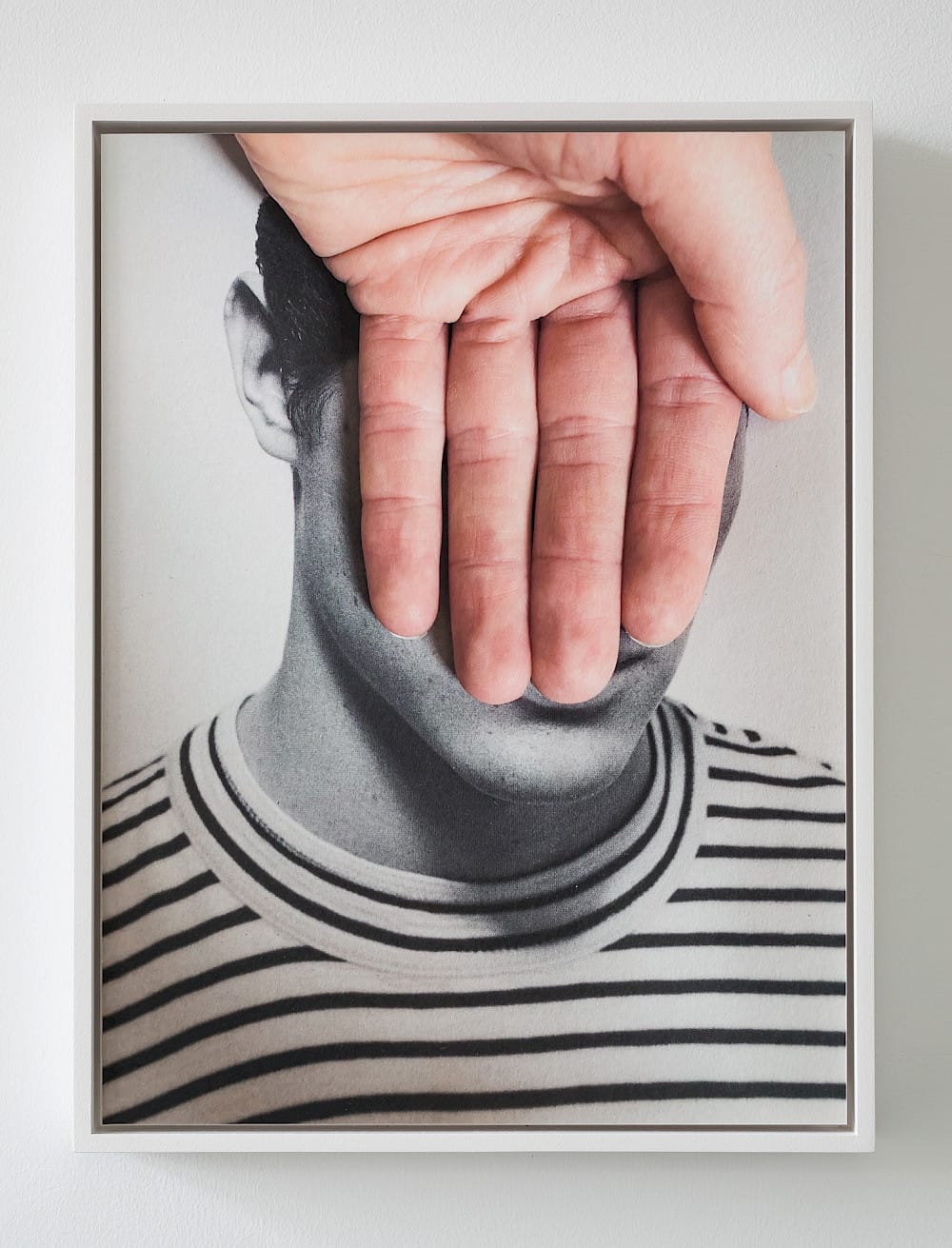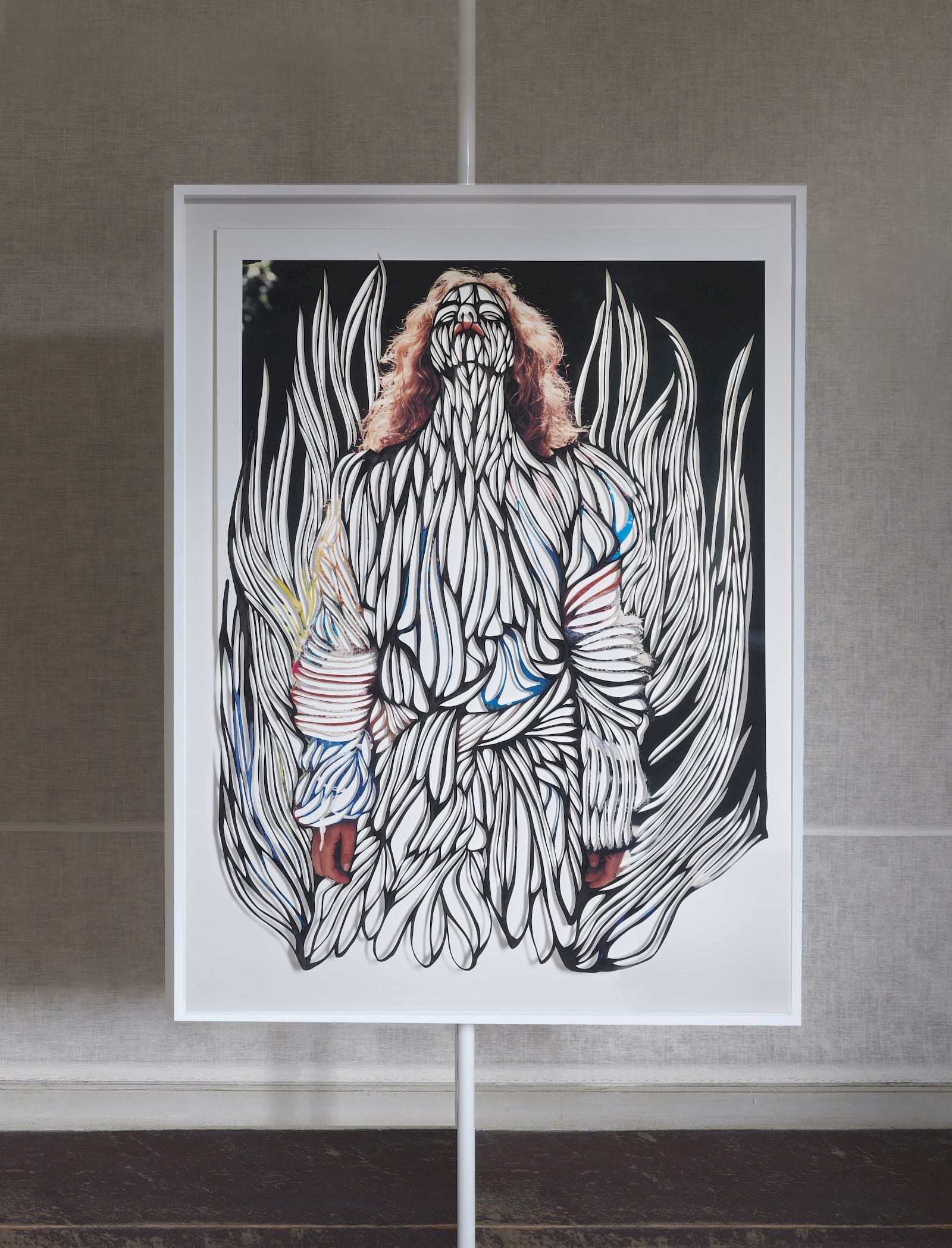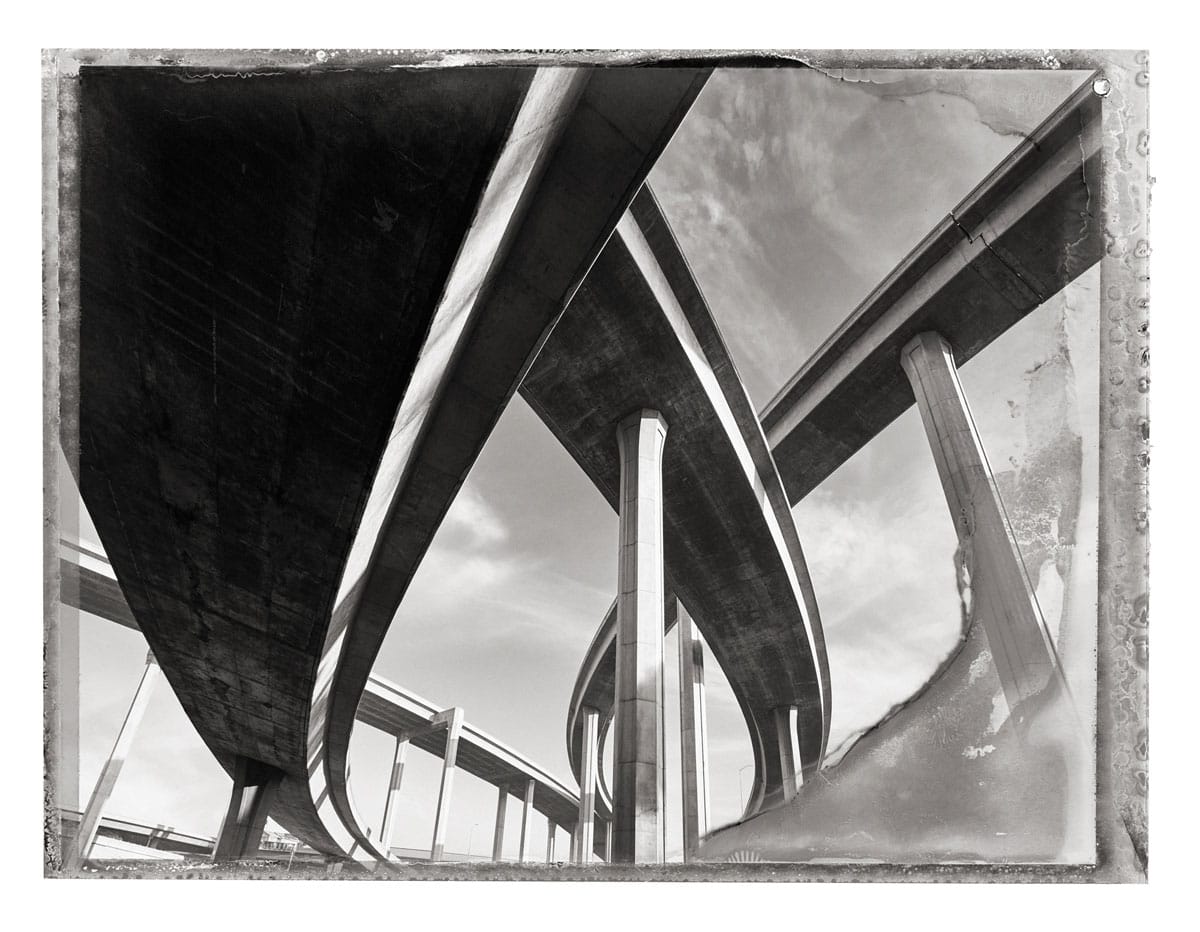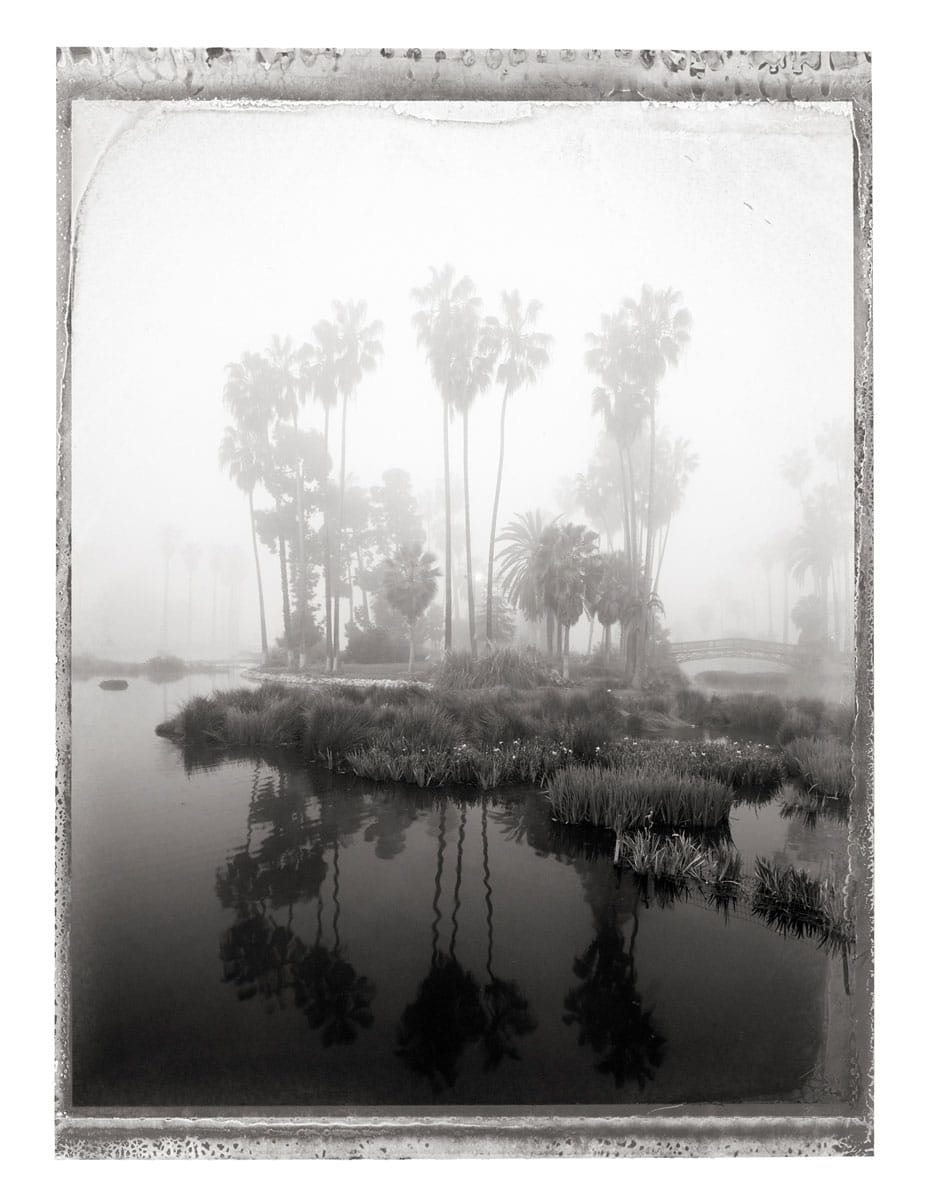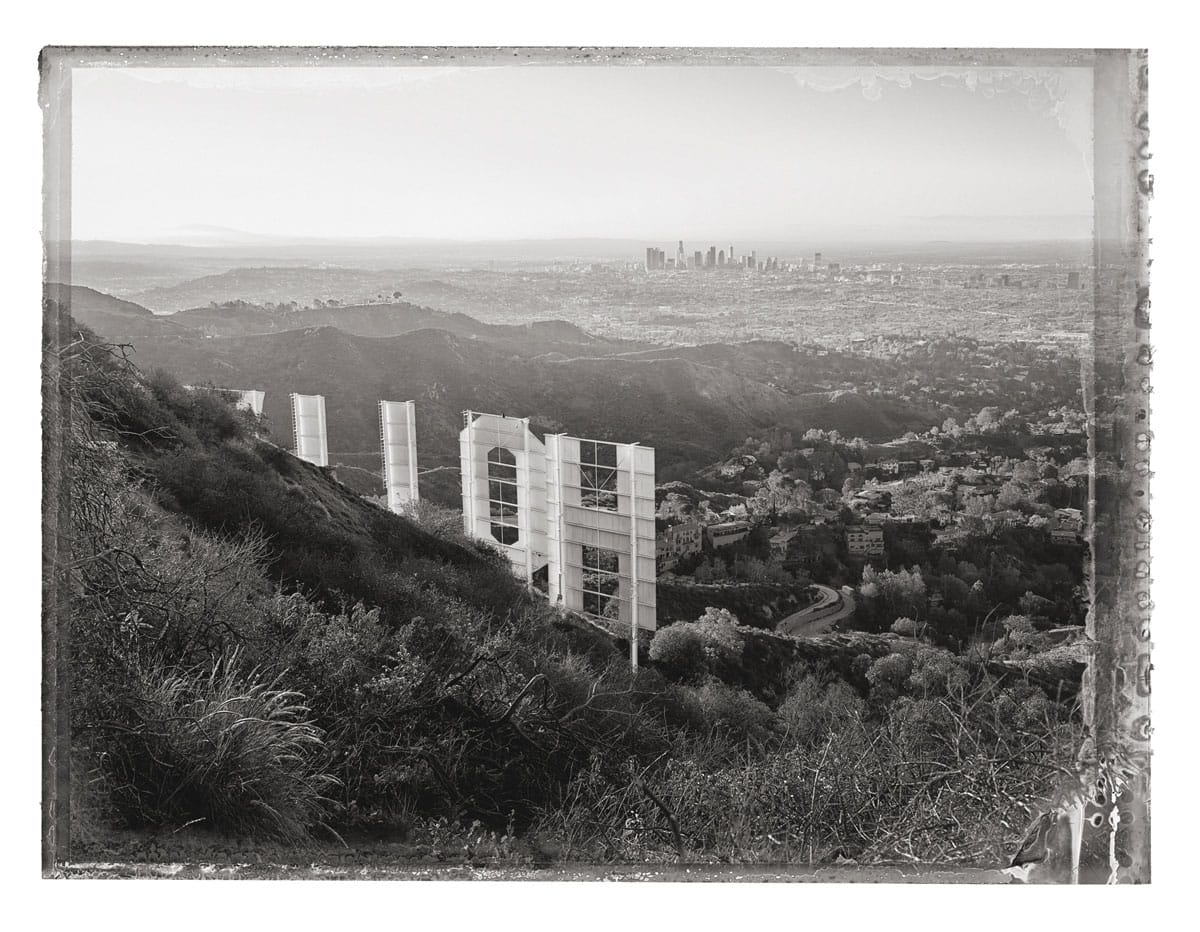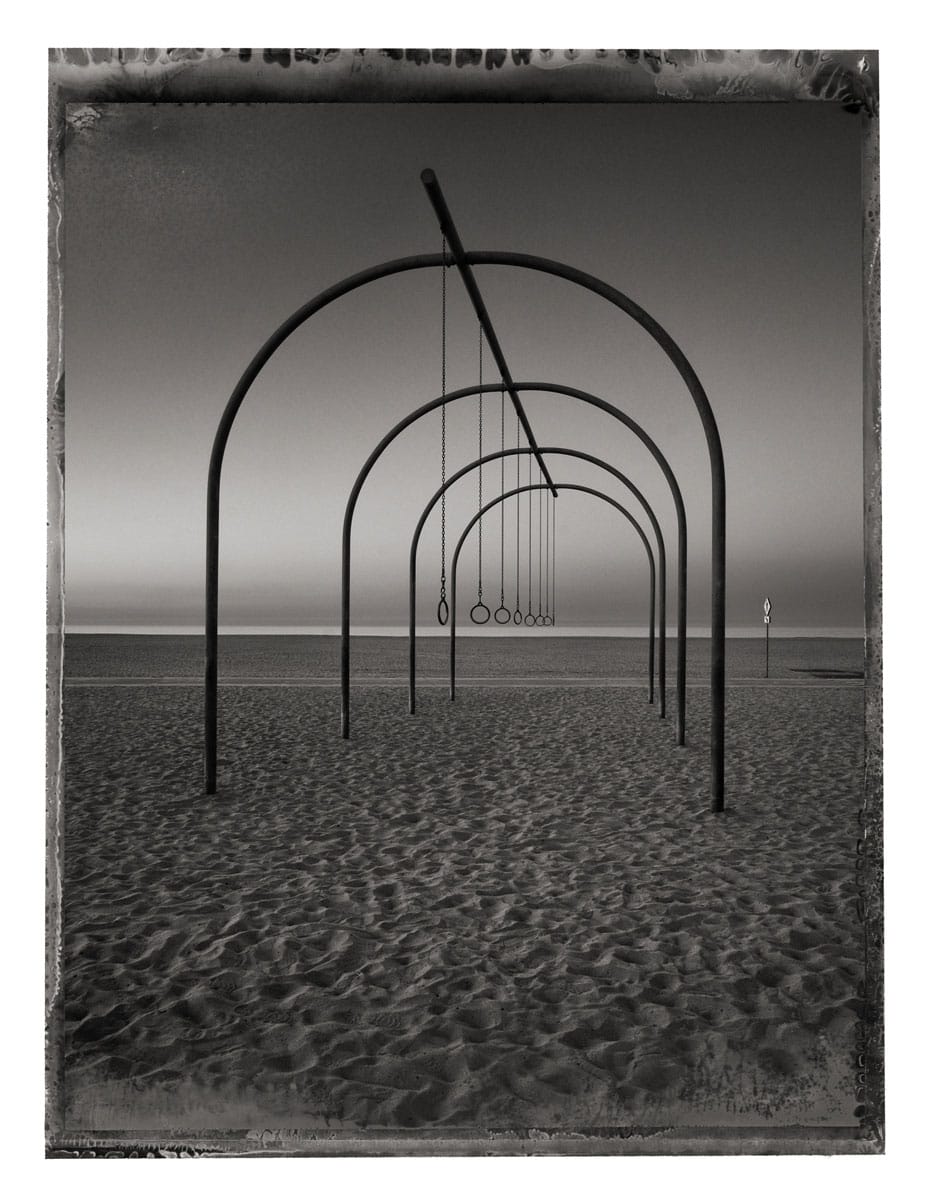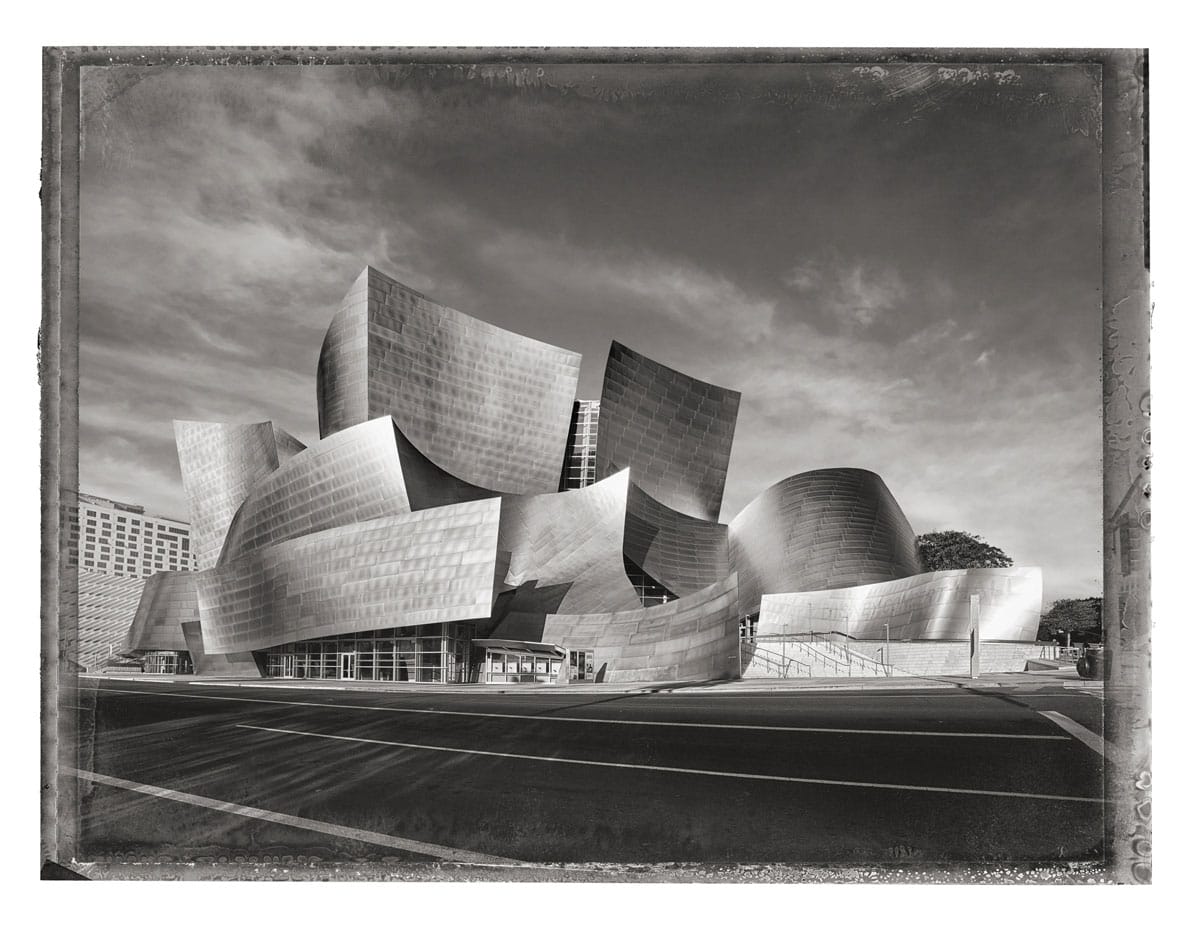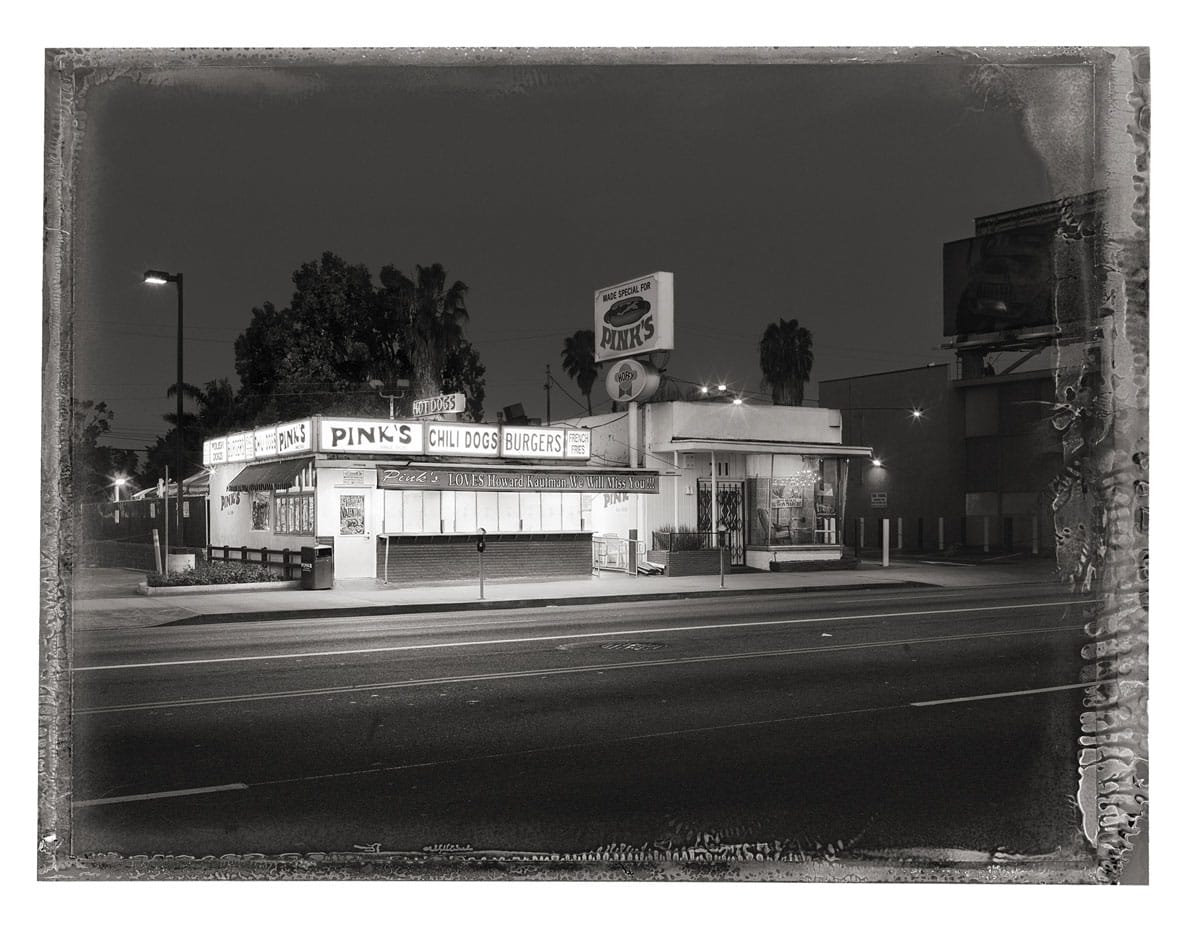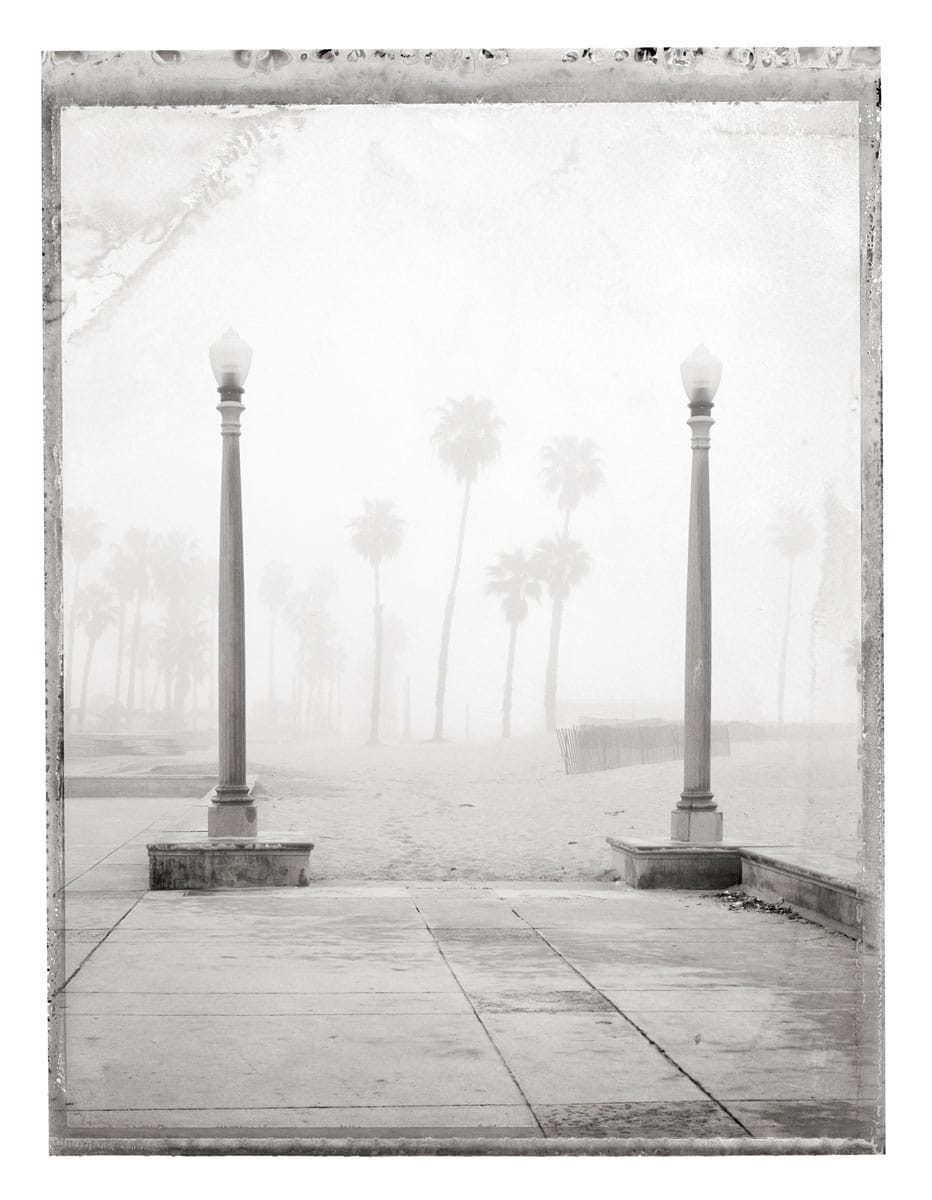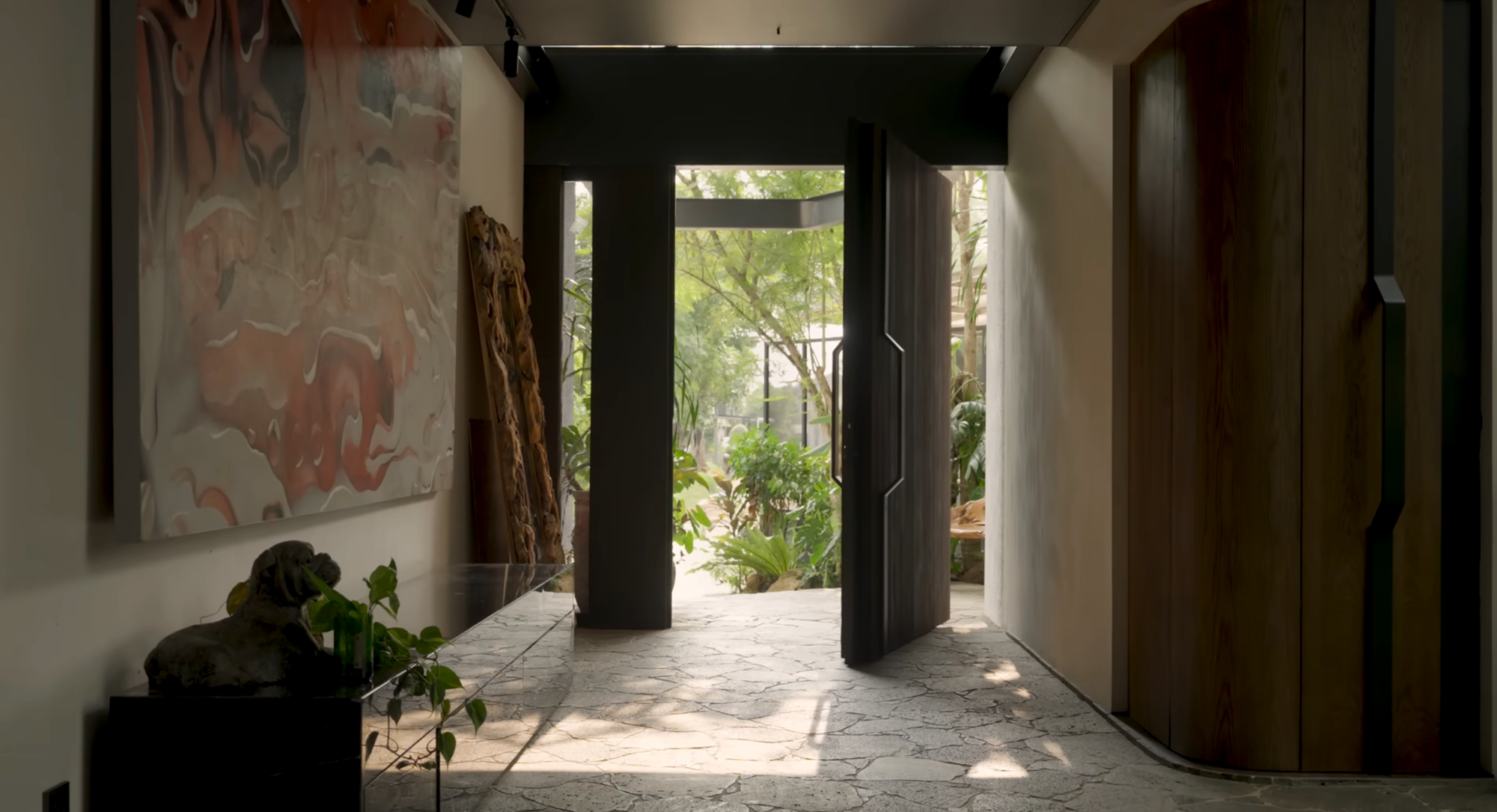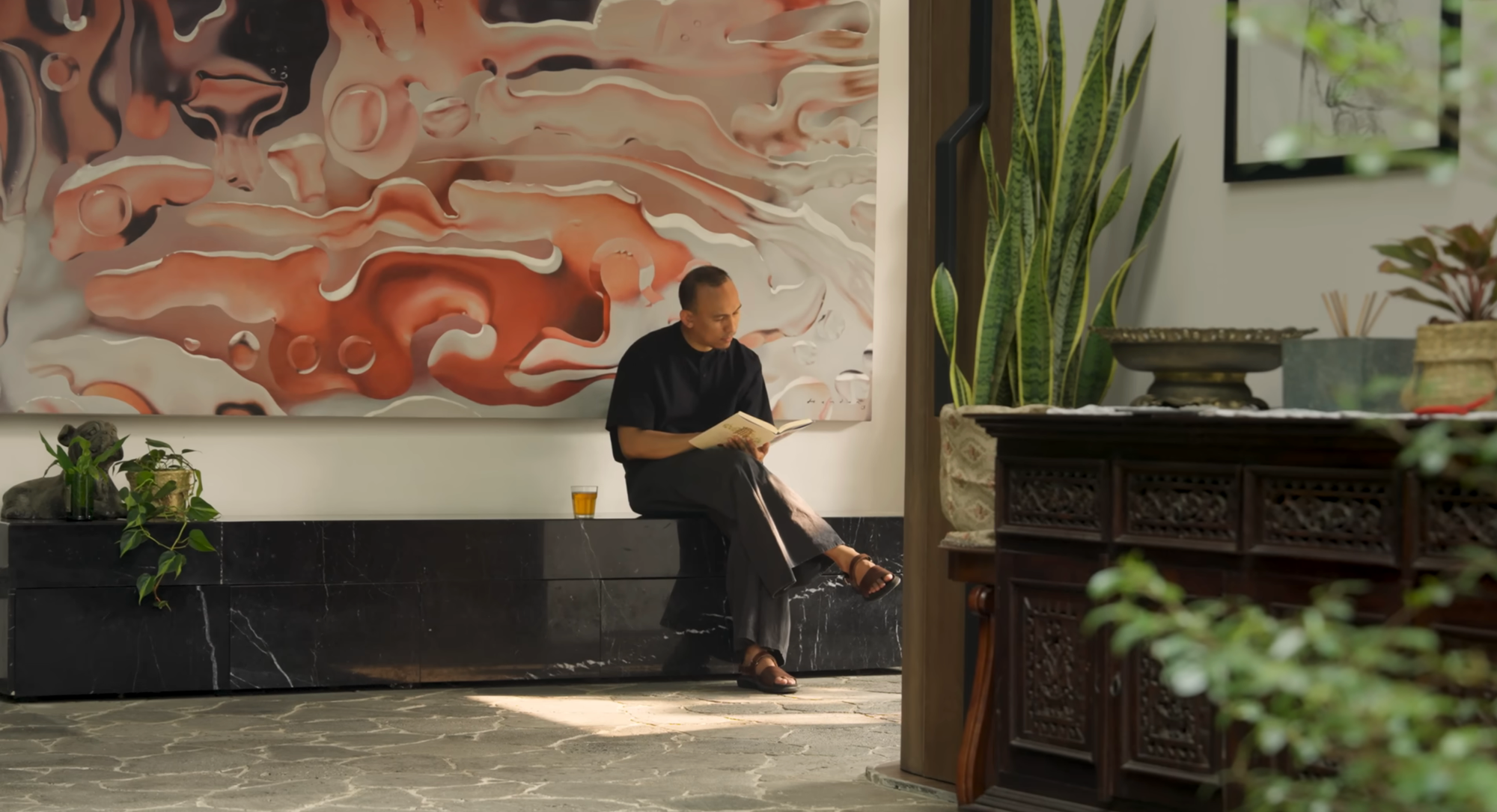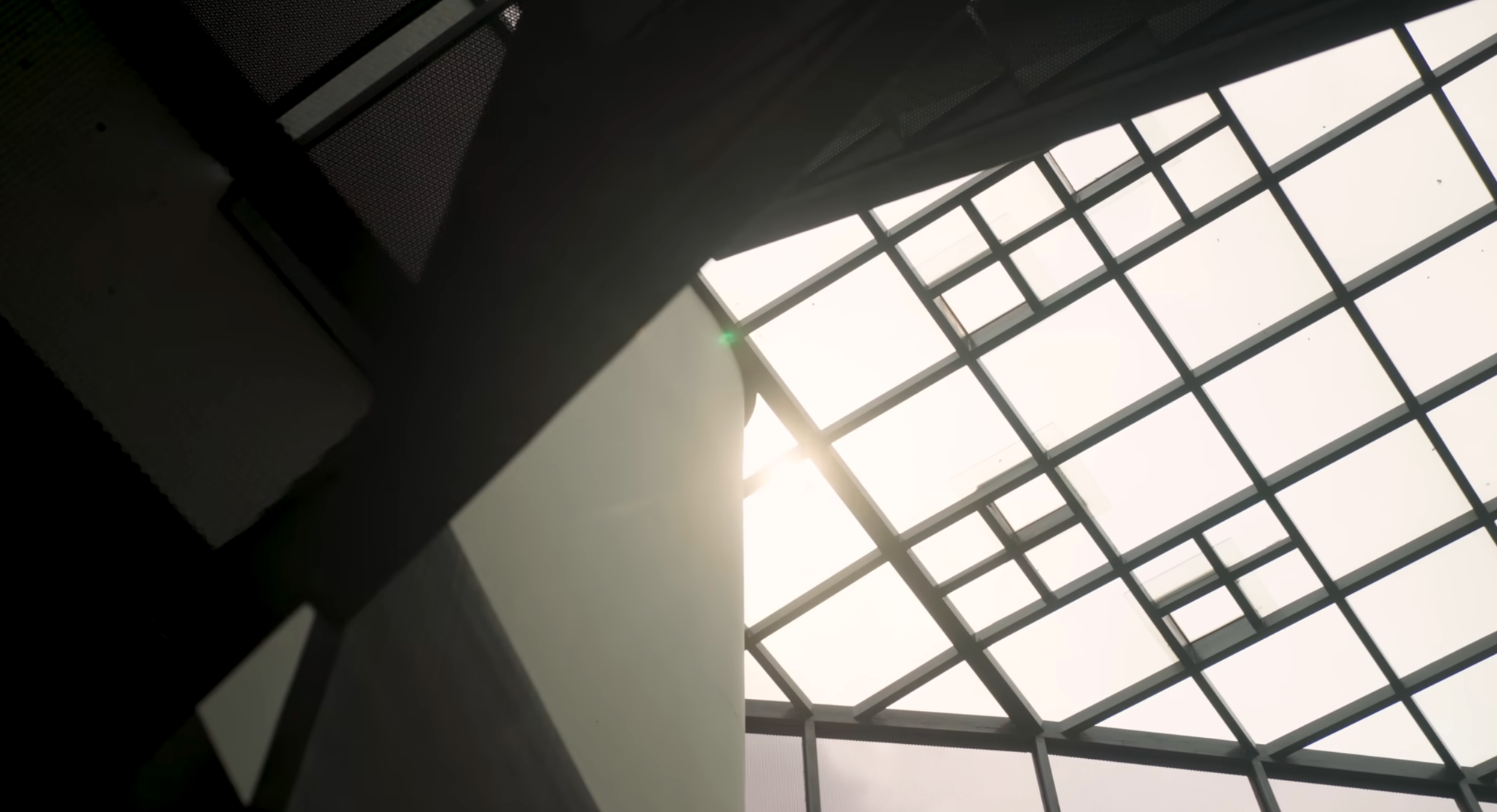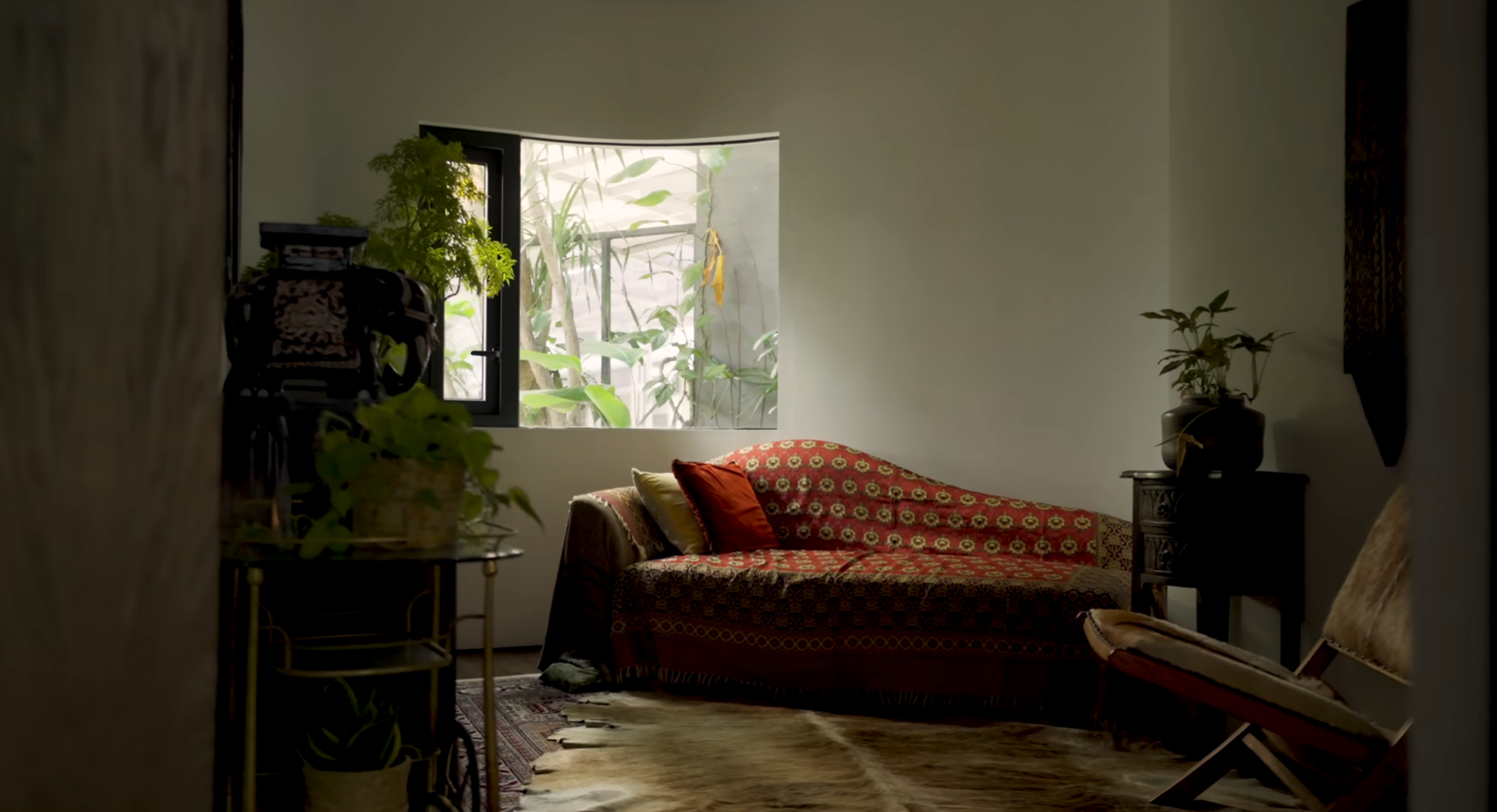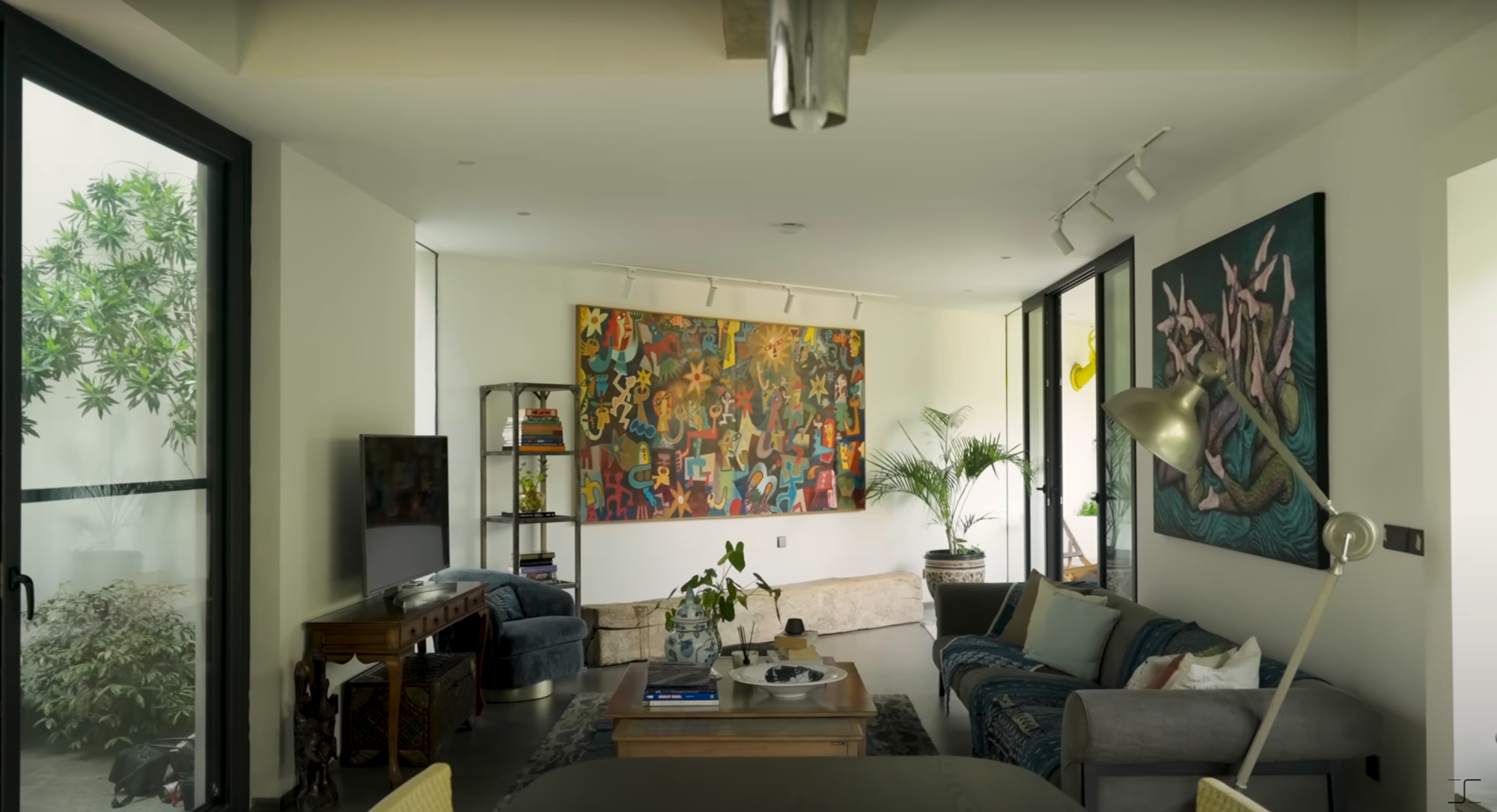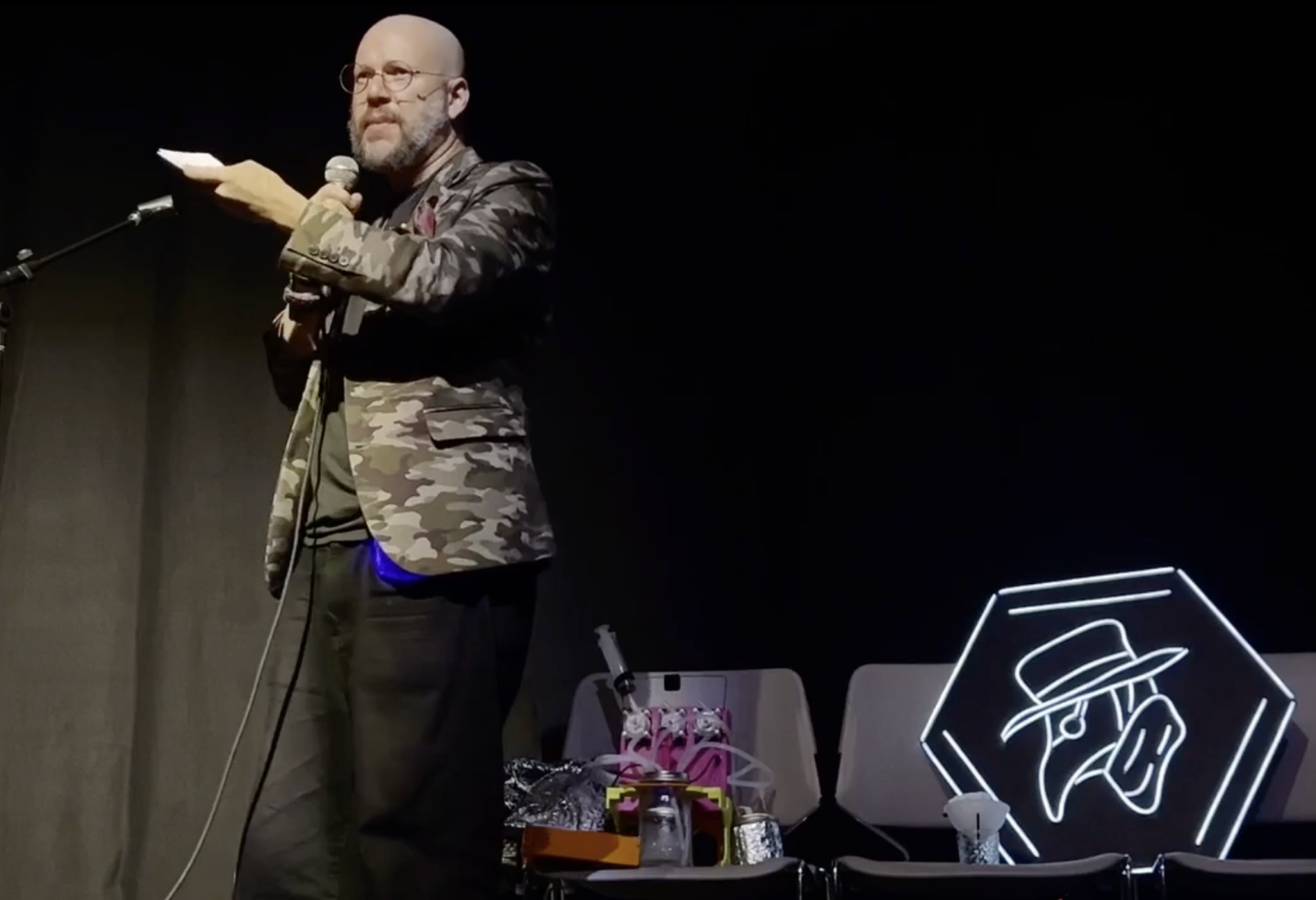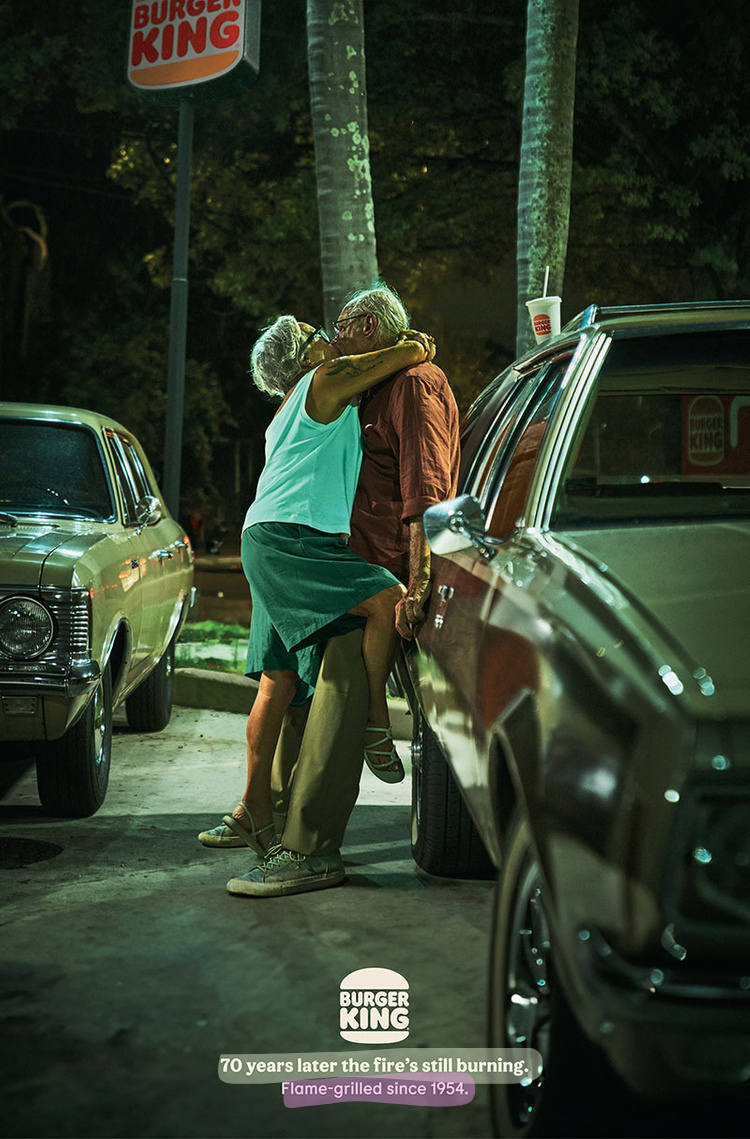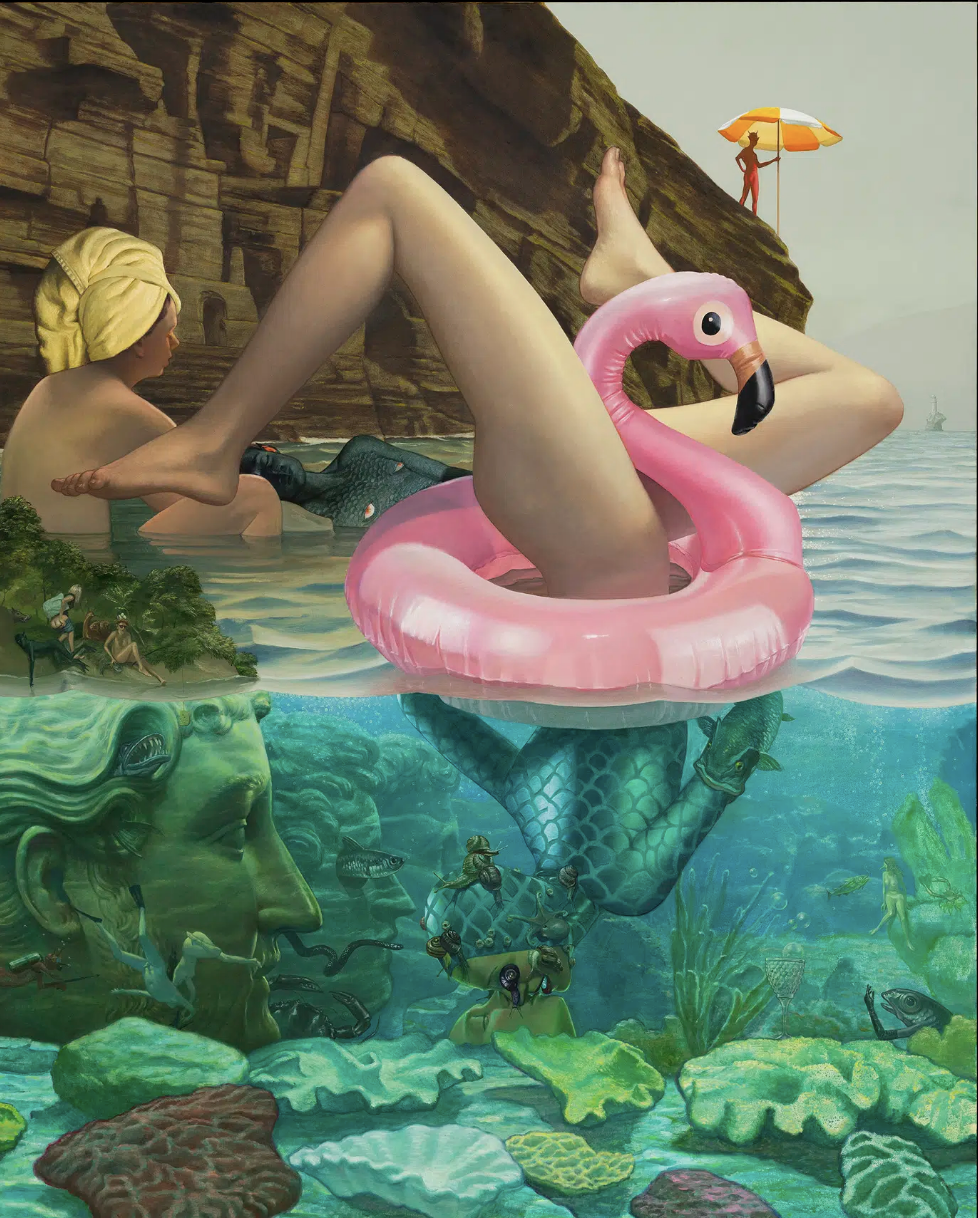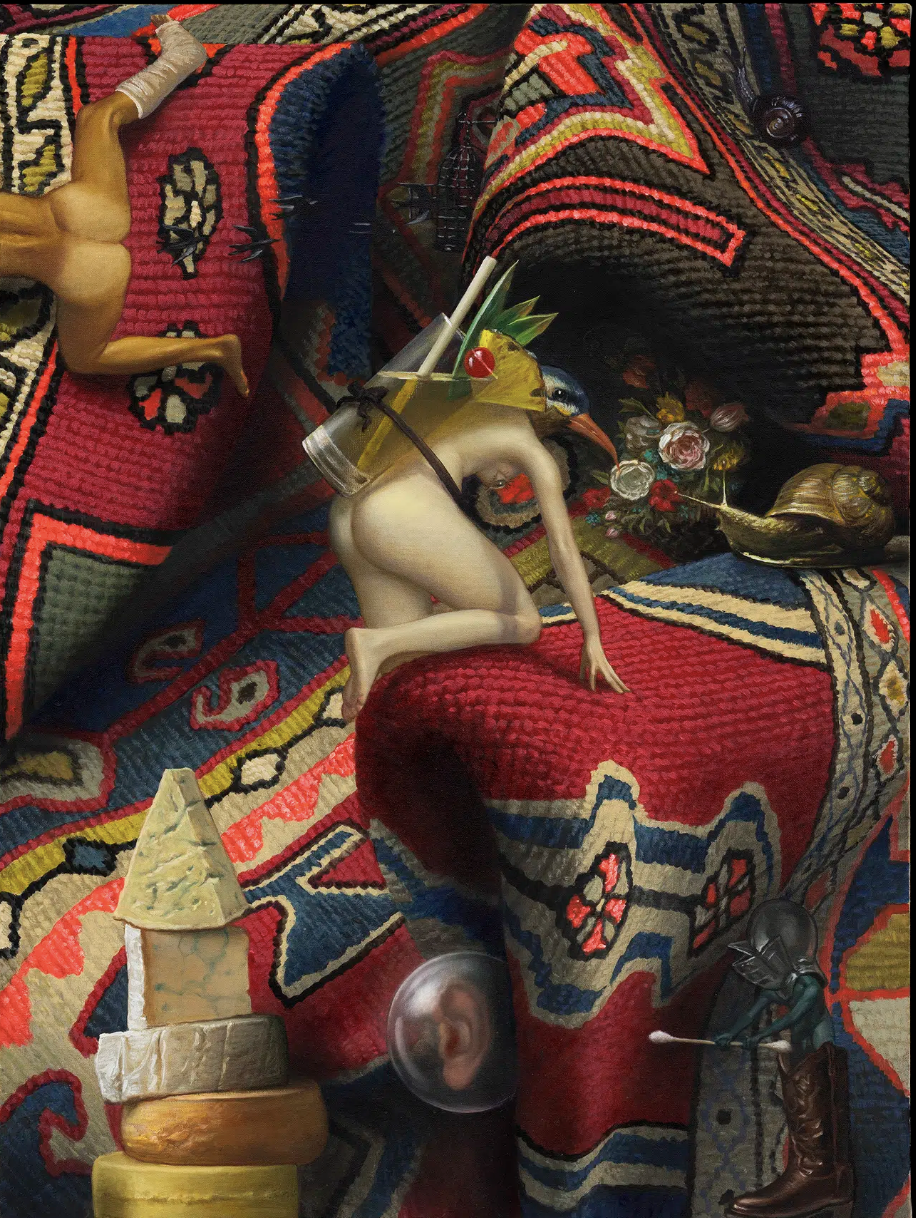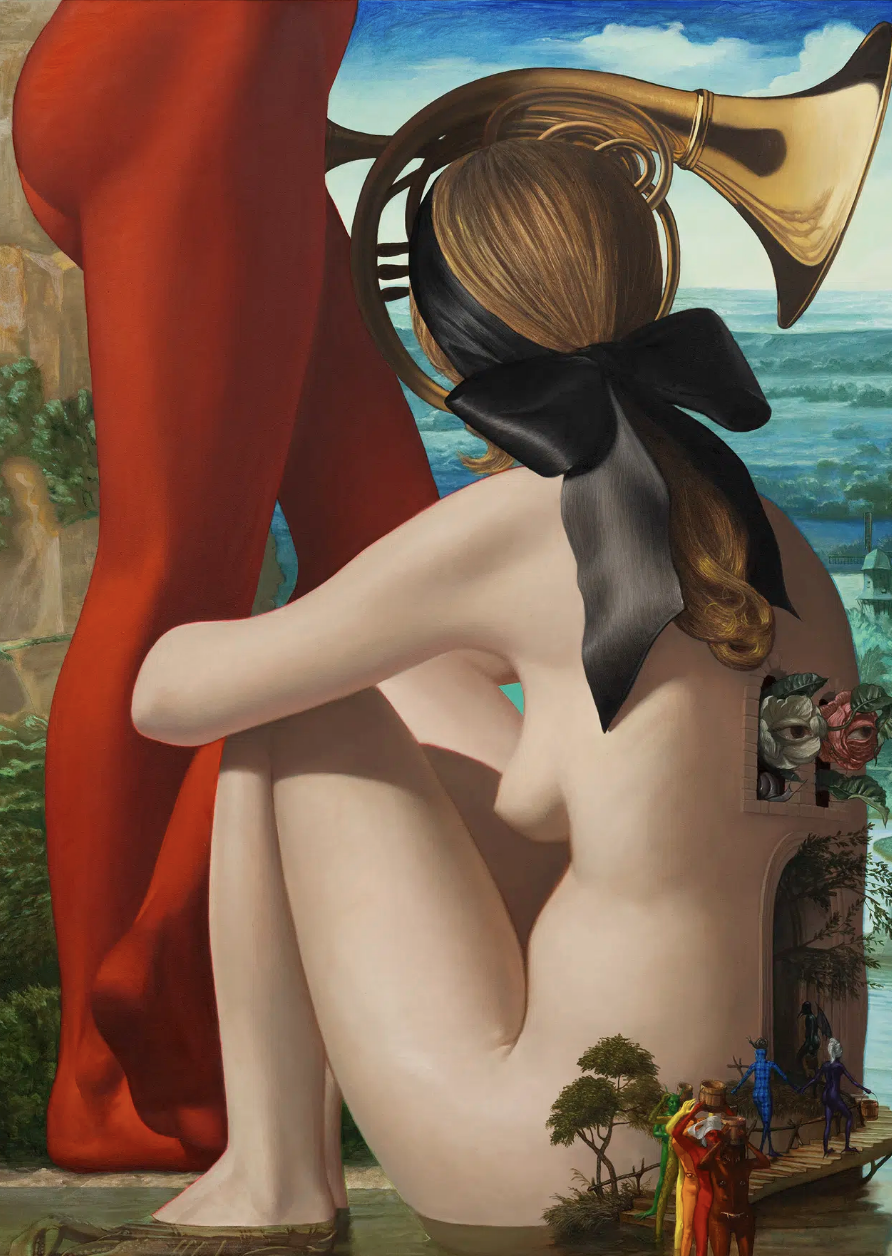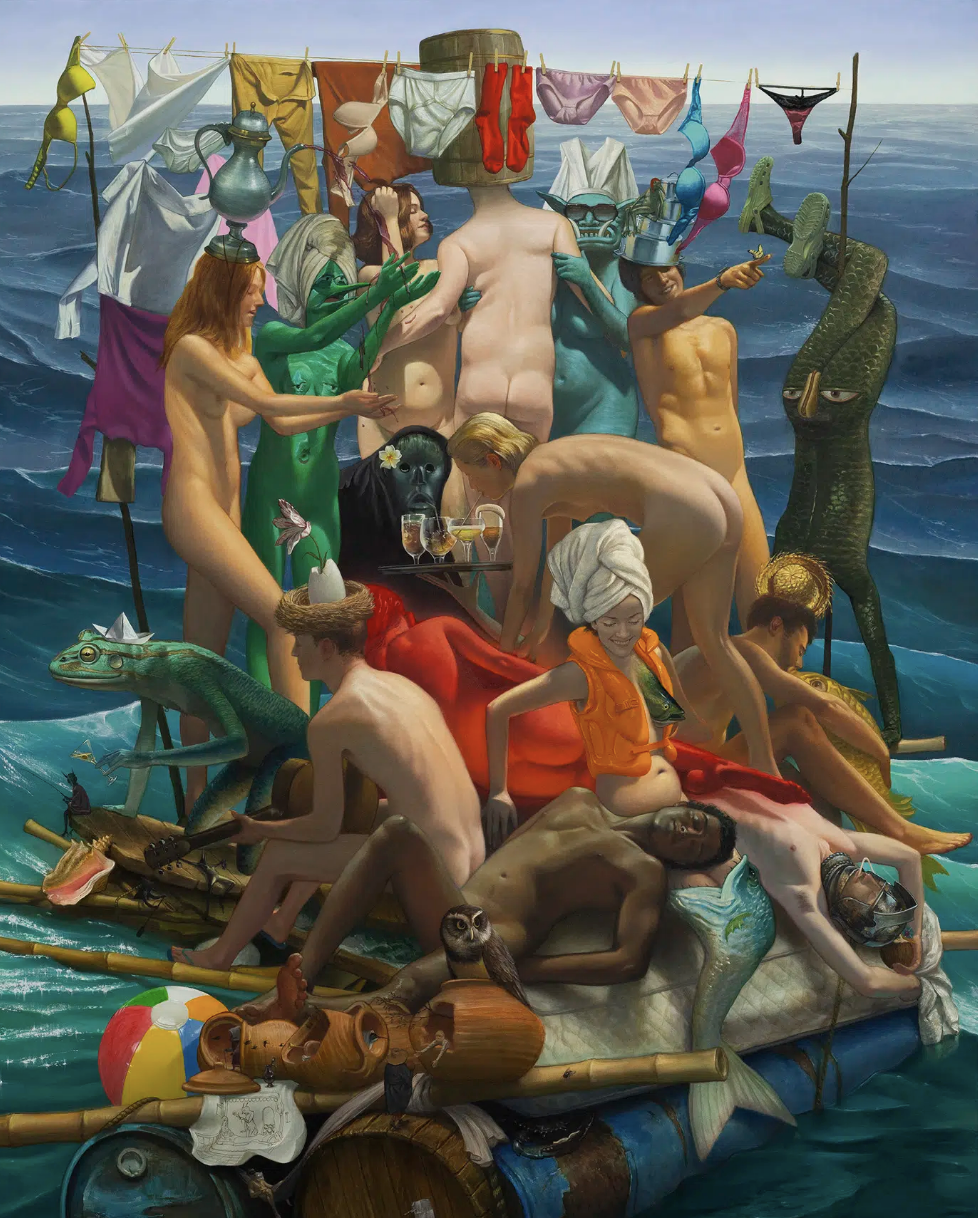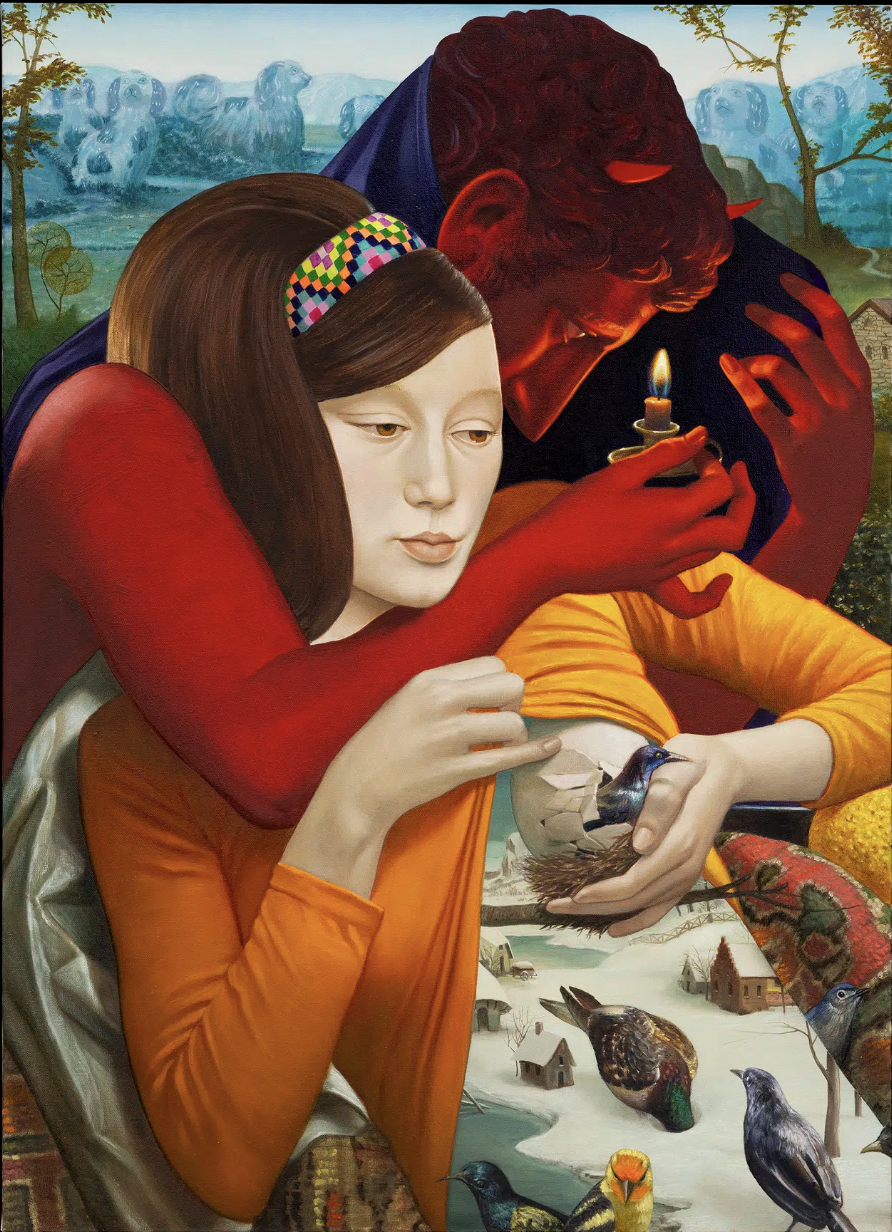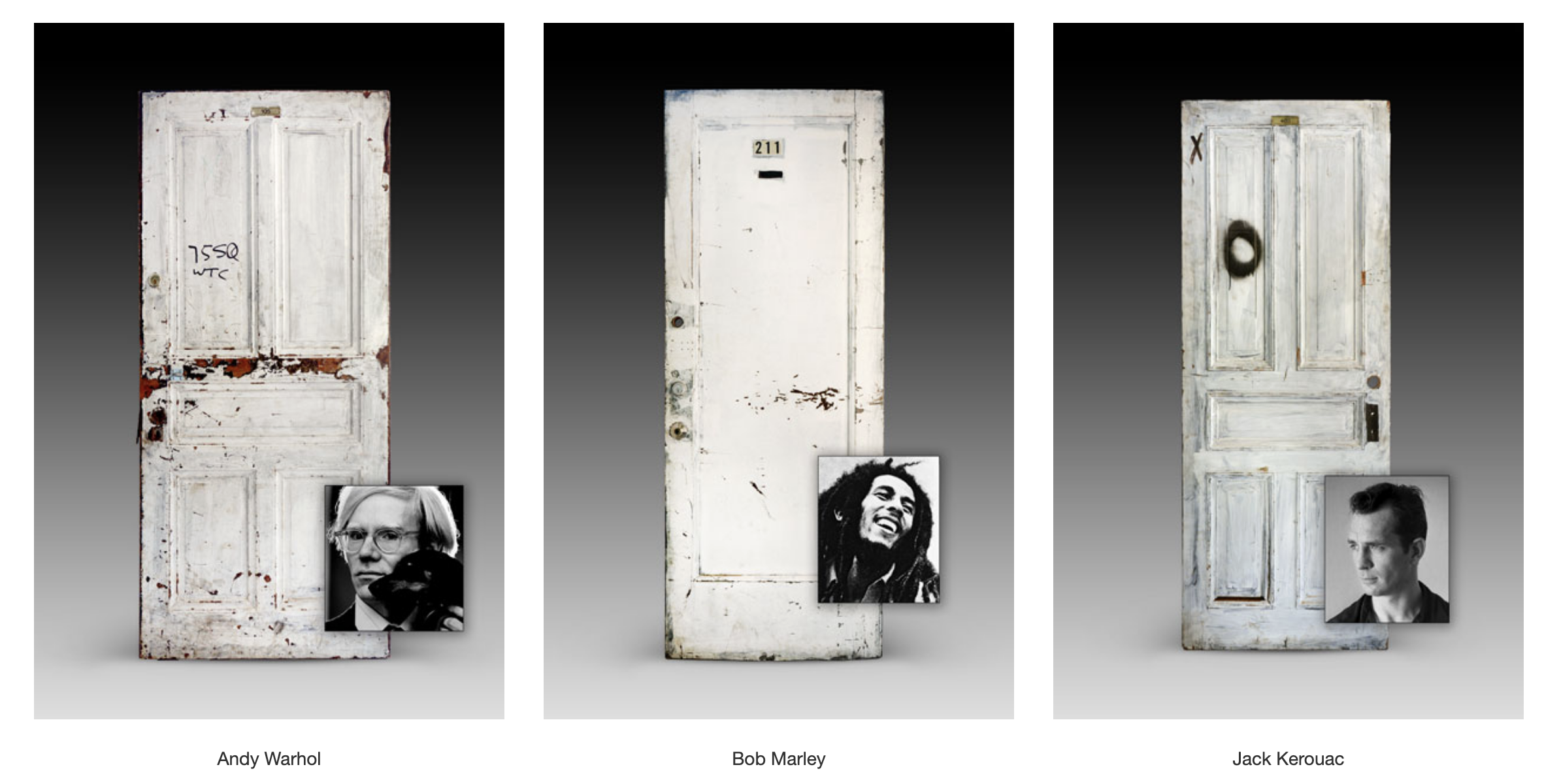
Amazed I hadn't heard this story before: in 2011, the Chelsea Hotel did a massive renovation. Recognizing the history here that the hotel seems to have missed, Jim Georgiou, a homeless man, rescued the doors from demolition and spent seven years storing and researching who had lived behind them. Once complete, he sold them at auction and donated half the proceeds to City Harvest food bank.
Guensey's, the auction house, handled the sale:
Guernsey’s will be offering 52 original doors from New York City’s legendary Chelsea Hotel. The hotel was the haunt and home of some of the most iconic individuals in history. Jimi Hendrix, Janis Joplin, Andy Warhol, Jim Morrison, Jackson Pollock, Jerry Garcia — these are only some of the names linked to these doors. The doors to the rooms where Warhol shot his movie Chelsea Girls, where Cohen and Joplin had a one-night stand, and where Bob Dylan wrote songs for Blonde on Blonde are all included in this sale!
Some of the prices: Bob Dylan, $125,000; Janis Joplin / Leonard Cohen, $106,250; Andy Warhol / Edie Sedgwick, $ 65,625; Jack Kerouac, $ 37,500; Madonna / Isabella Rossellini, $16,250; Jimi Hendrix, $16,250; Joni Mitchell, $10,000; Bob Marley, $8,750; Jackson Pollock, $8,750; and an unattributed red door with a striking painted eye, $12,500.
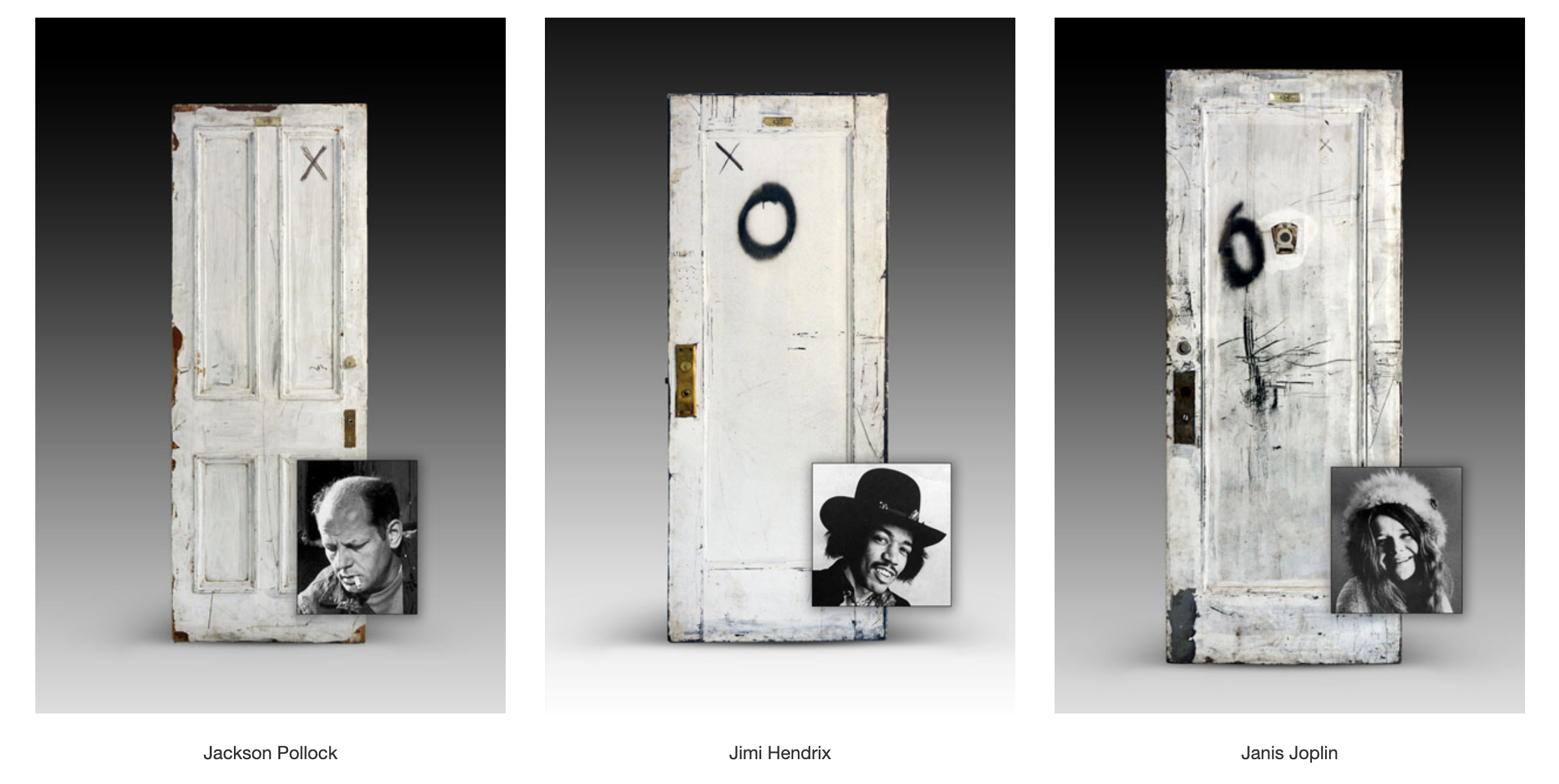
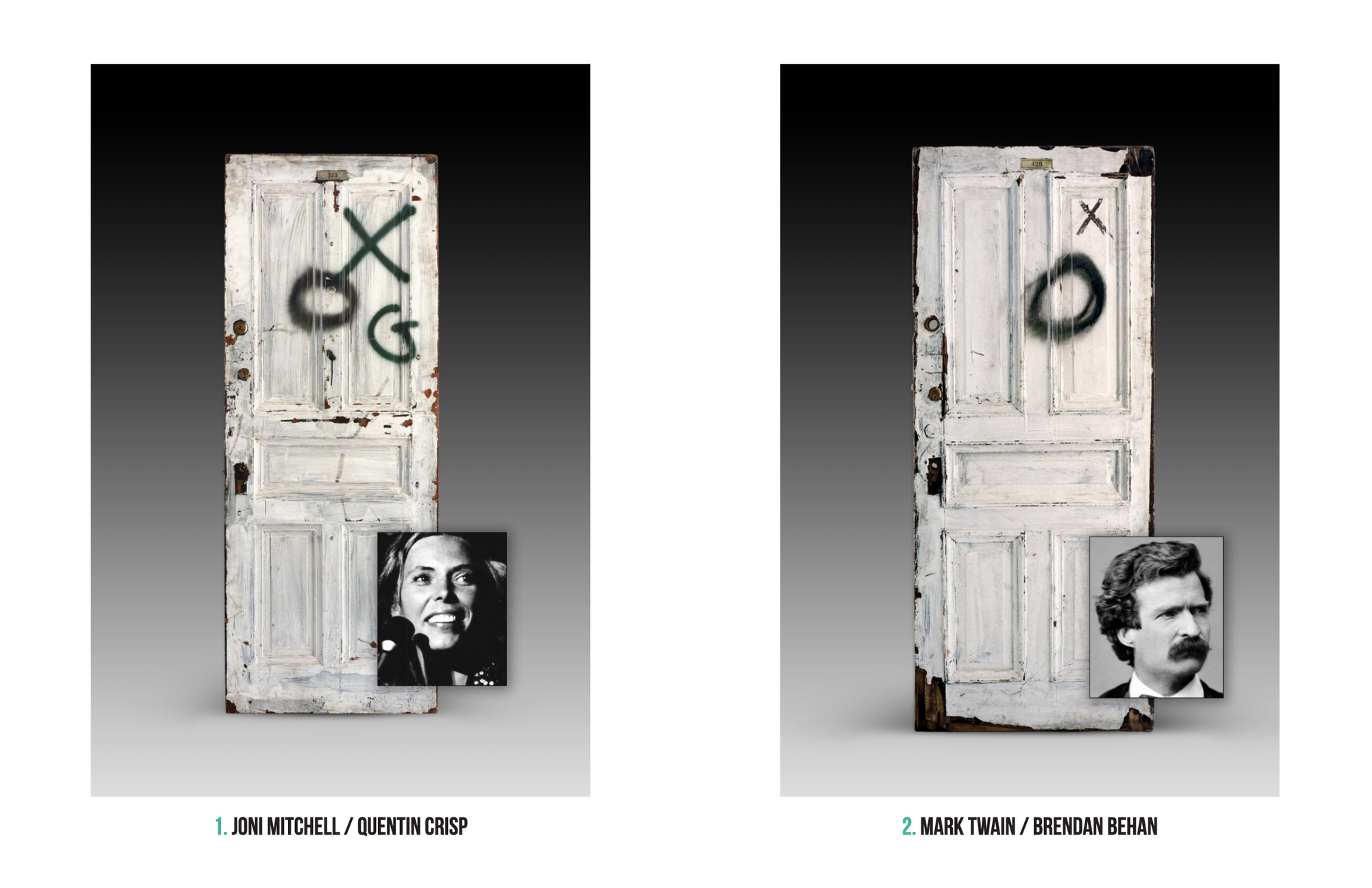
Here's a gift link to the April 12, 2018 NYT article on it.
